From October 24, 2025 to May 3, 2026, the Scuderie del Quirinale will open its doors to Treasures of the Pharaohs, an exhibition that brings to Rome a selection of 130 masterpieces of Ancient Egyptian art. These artifacts, from the Egyptian Museum in Cairo and the Luxor Museum, represent an exceptional occasion, as many are being exhibited for the first time outside their country of origin. The project is curated by Tarek El Awady, former director of the Egyptian Museum in Cairo, and is the second largest exhibition of Egyptian antiquities ever mounted in Italy since 2002.
The exhibition takes the form of a journey into Egyptian civilization through its highest and at the same time most intimate forms: power, faith and daily life. The exhibition tells the story of one of the oldest civilizations on Earth, born on the Nile in 3200 B.C., whose pharaohs distinguished themselves for their talents in medicine, astronomy, art, architecture, literature and magic. The rooms illustrate the lives of the rulers, the concept of kingship, and the political and administrative organization of the state, while also revealing aspects of their daily lives, from control over land cultivation to the construction of great works. The exhibits demonstrate the pharaohs’ love of life, savored in every aspect, and their aspiration for eternal existence in the afterlife.
The initiative is promoted by ALES - Art Work and Services of the Ministry of Culture and MondoMostre, in close collaboration with the Supreme Council of Antiquities of Egypt. It also enjoys the support of the Ministry of Foreign Affairs and International Cooperation, the Italian Ministry of Culture and the Ministry of Tourism and Antiquities of Egypt, as well as the patronage of the Lazio Region and the scientific collaboration of the Egyptian Museum of Turin. The realization of this event was made possible thanks to the fundamental support of Intesa Sanpaolo and ENI, both Main Sponsors of the project, who reaffirm their commitment to cultural promotion and strengthening dialogue between different civilizations. EgyptAir is participating as Official Carrier, facilitating the transportation of the works from Egypt to Rome. They are joined by Partners Cotral, Urban Vision and Ferrovie dello Stato Italiane, whose valuable contribution supports an initiative that combines scientific excellence, international scope and public participation.
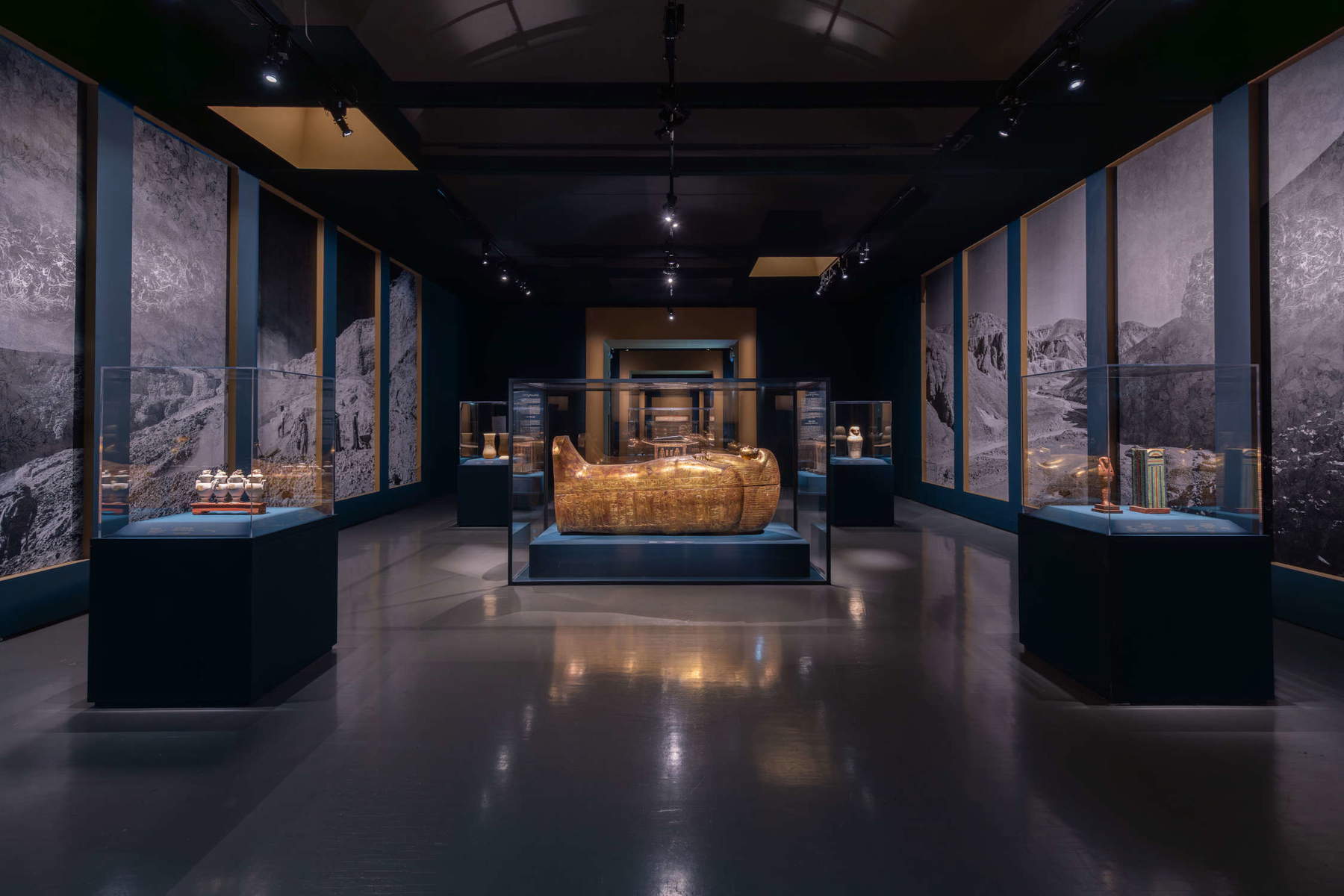
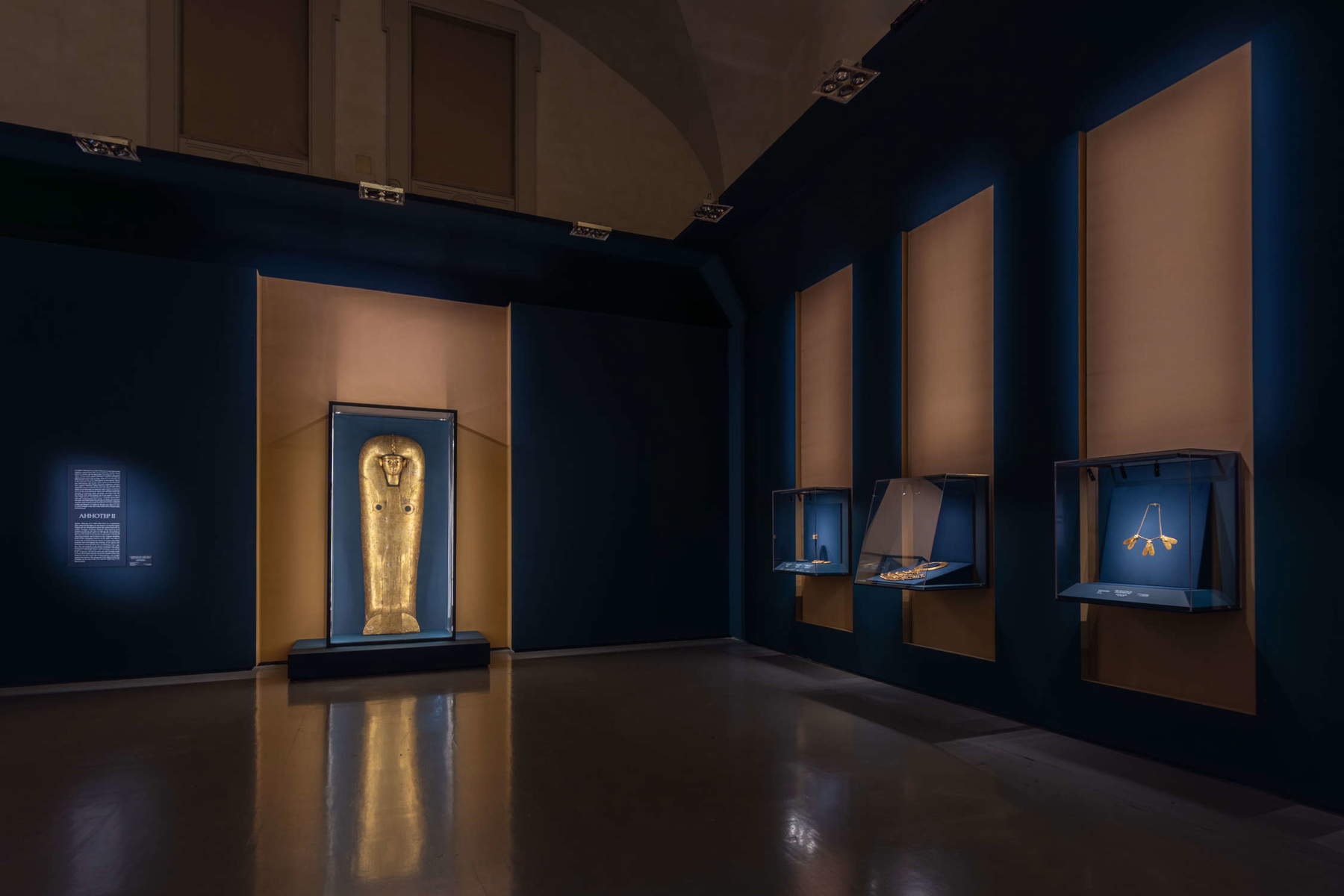
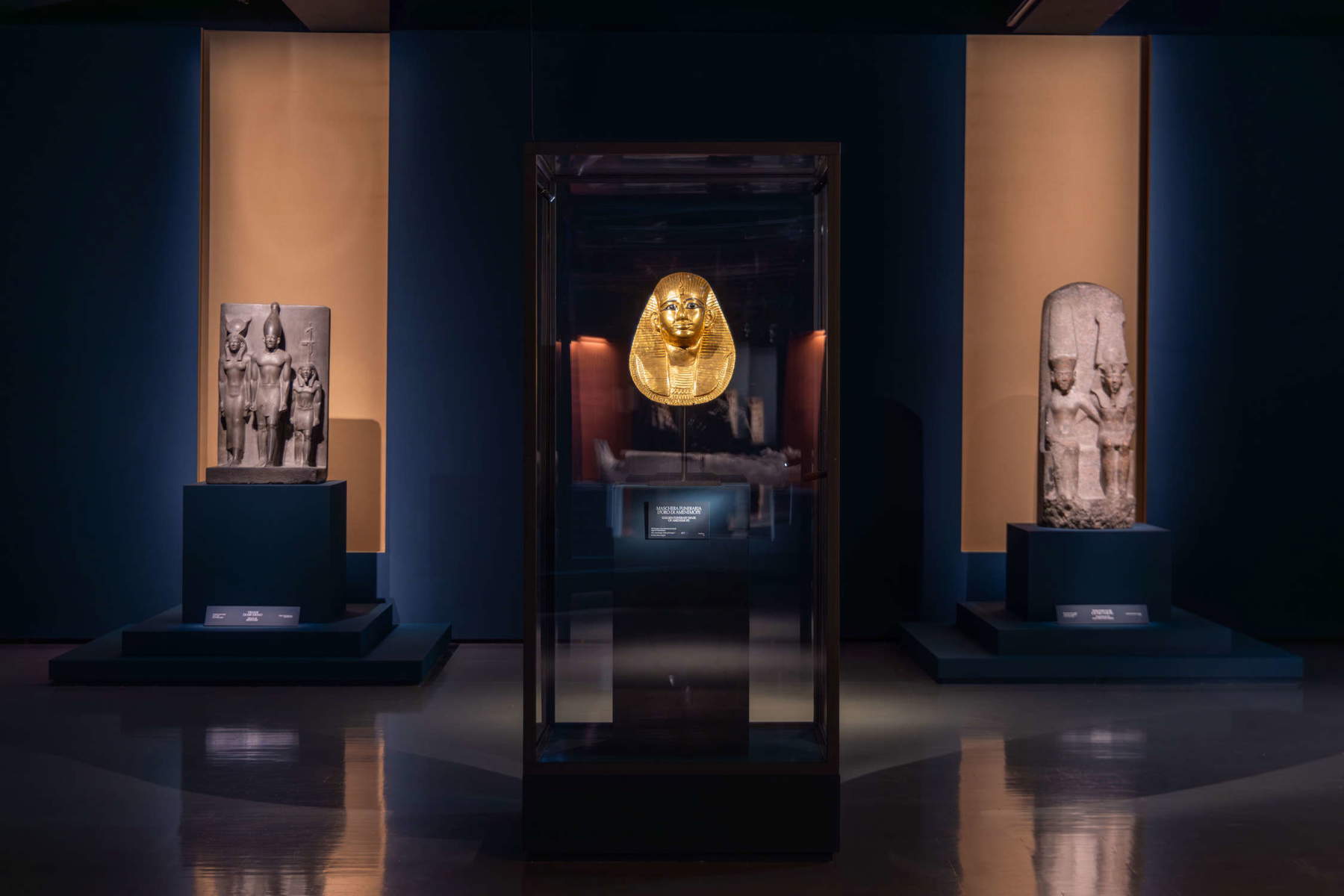
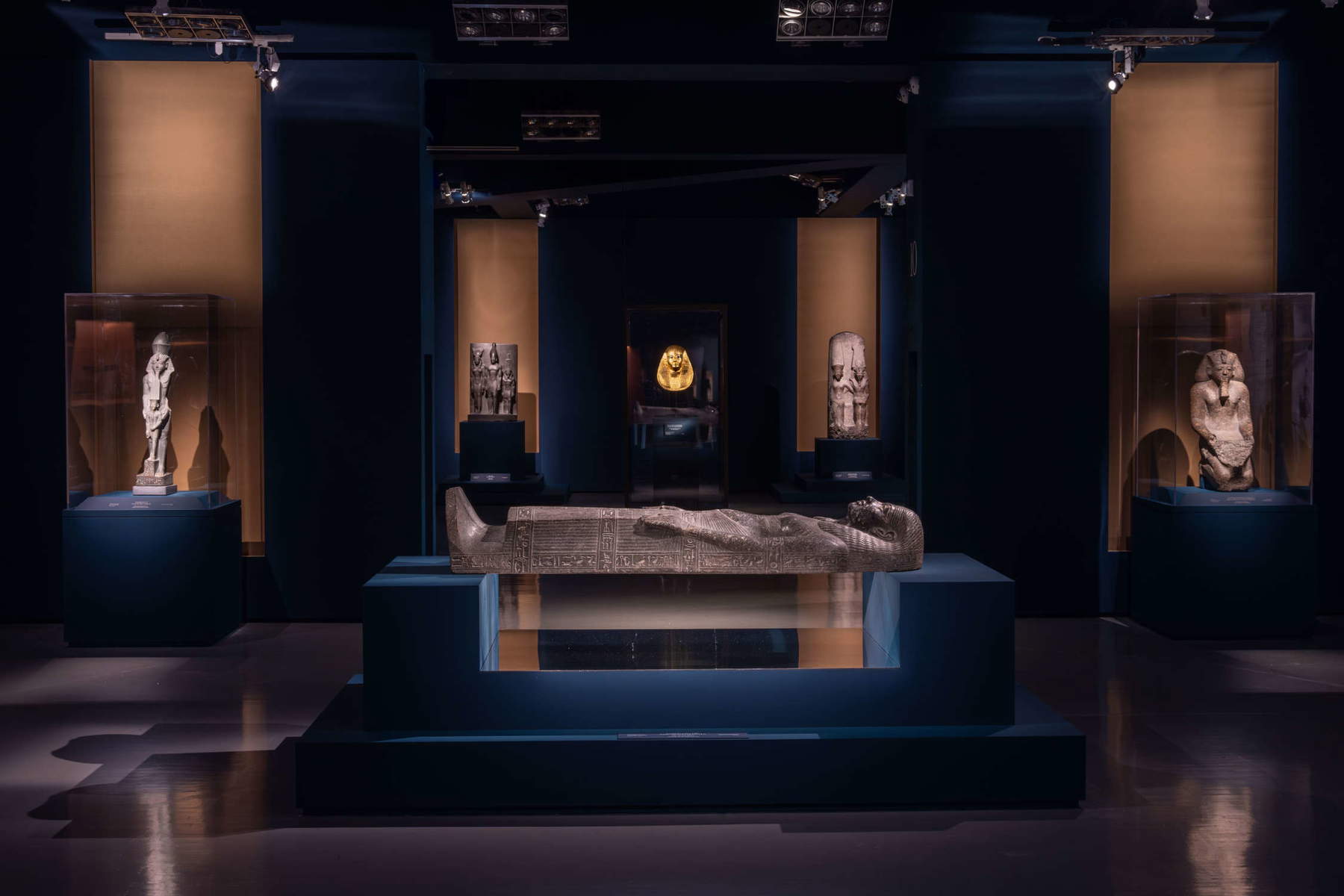
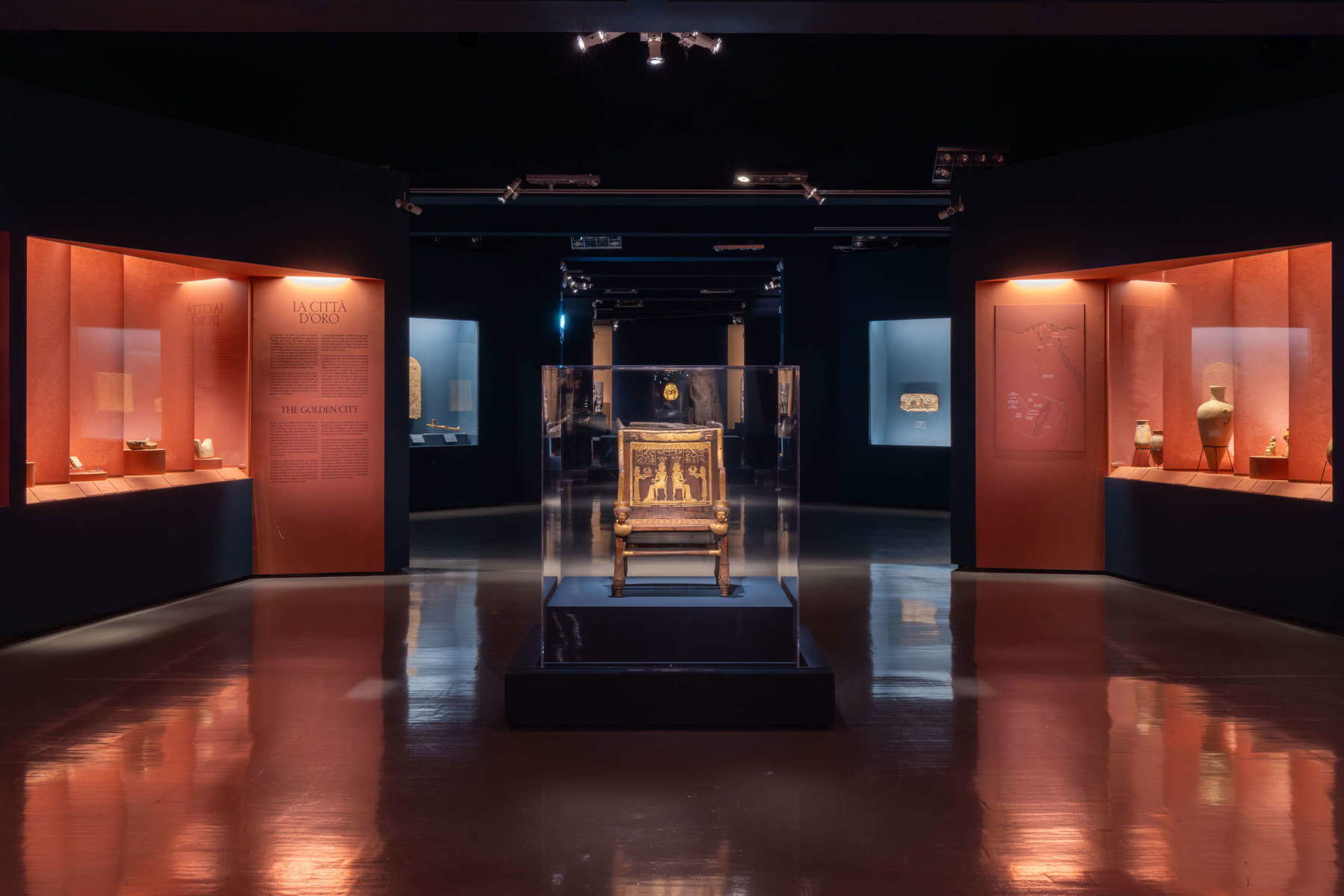
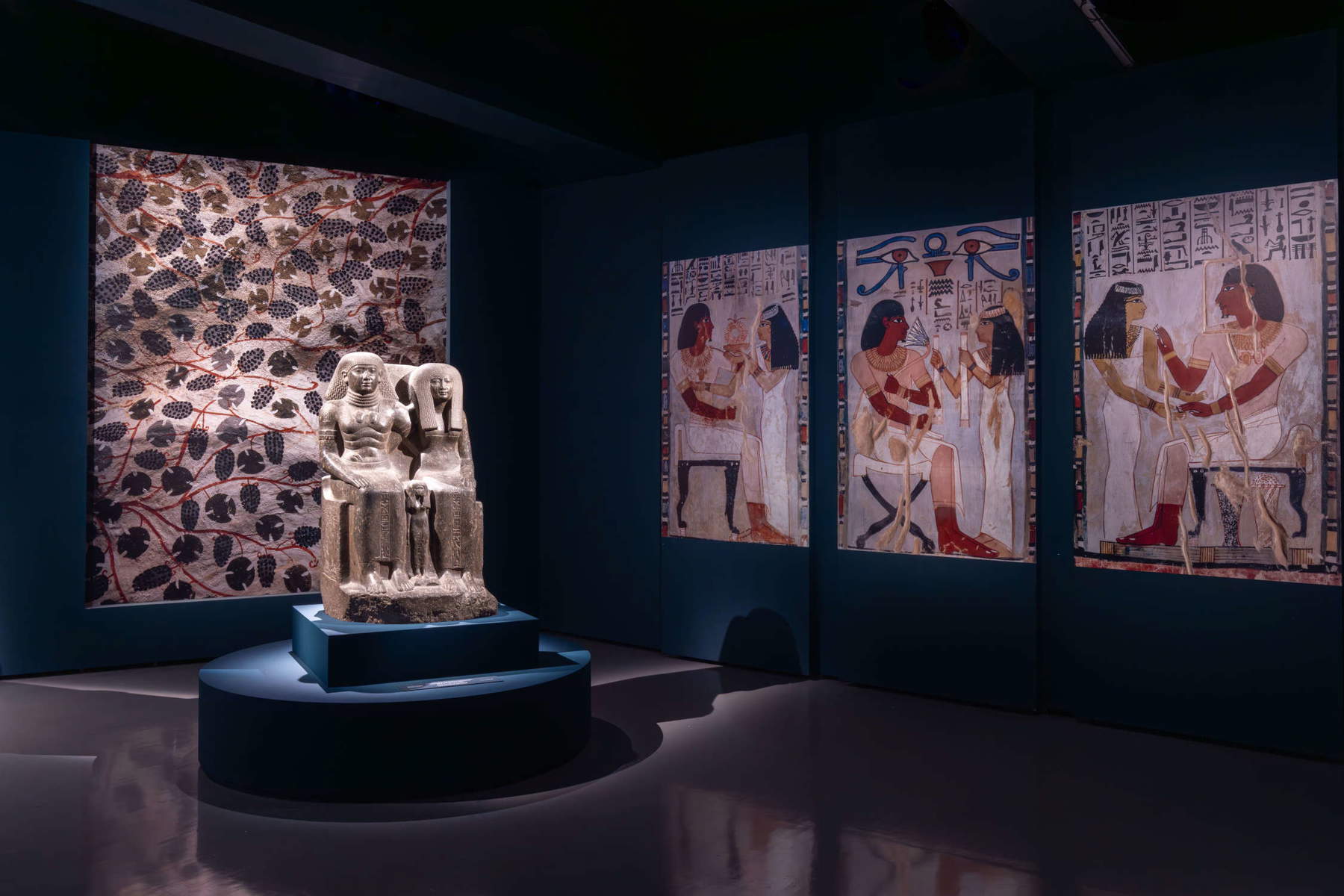
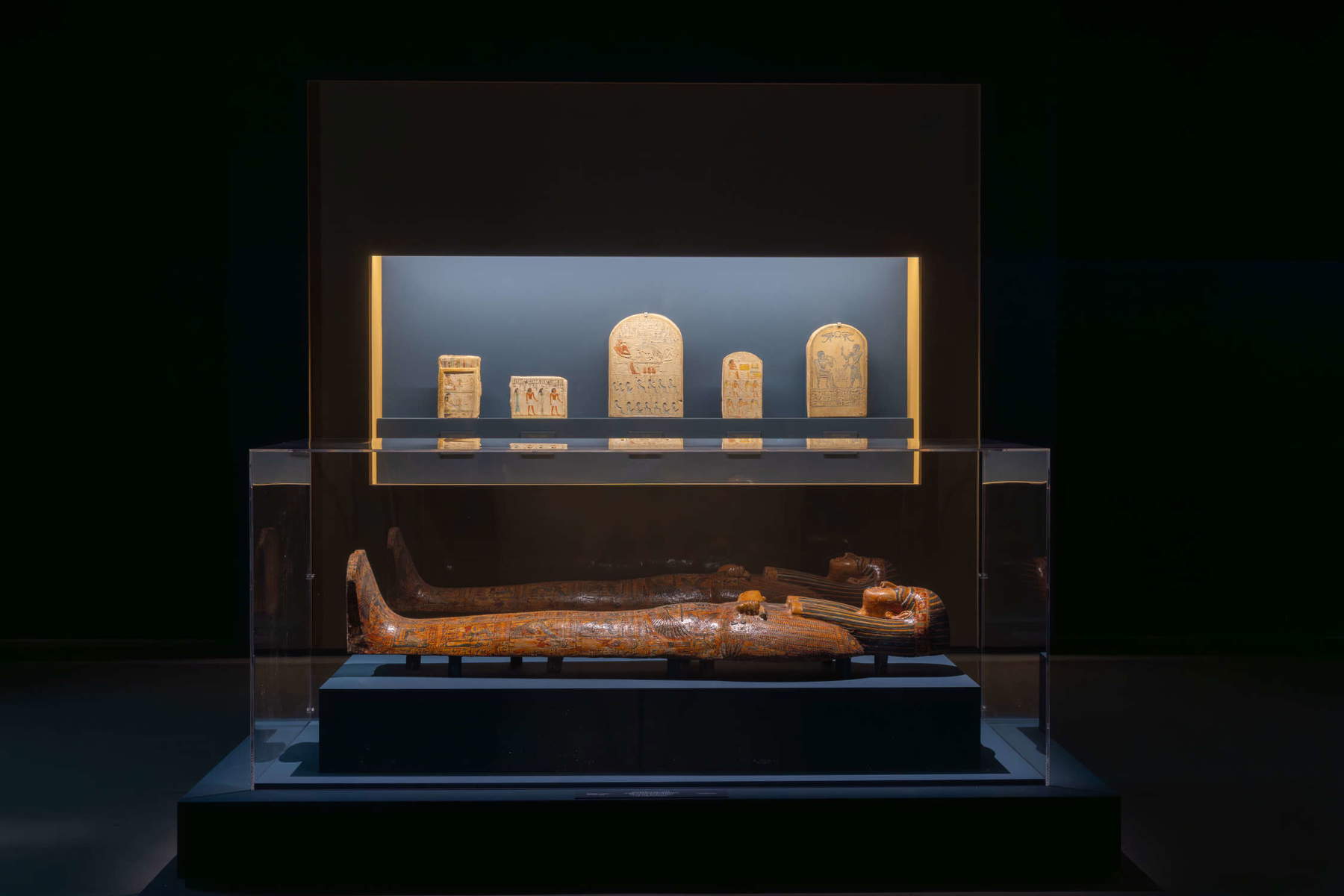
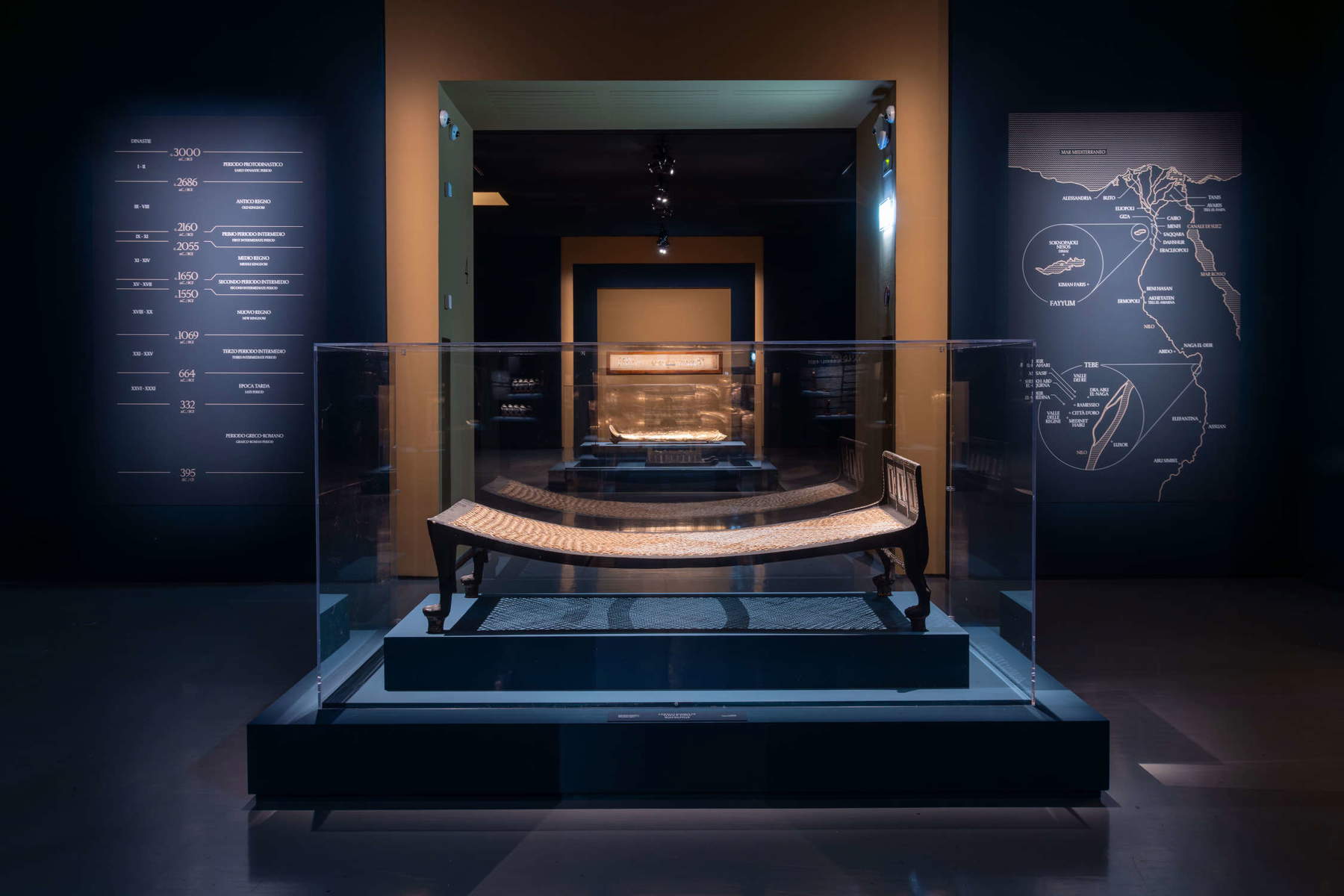
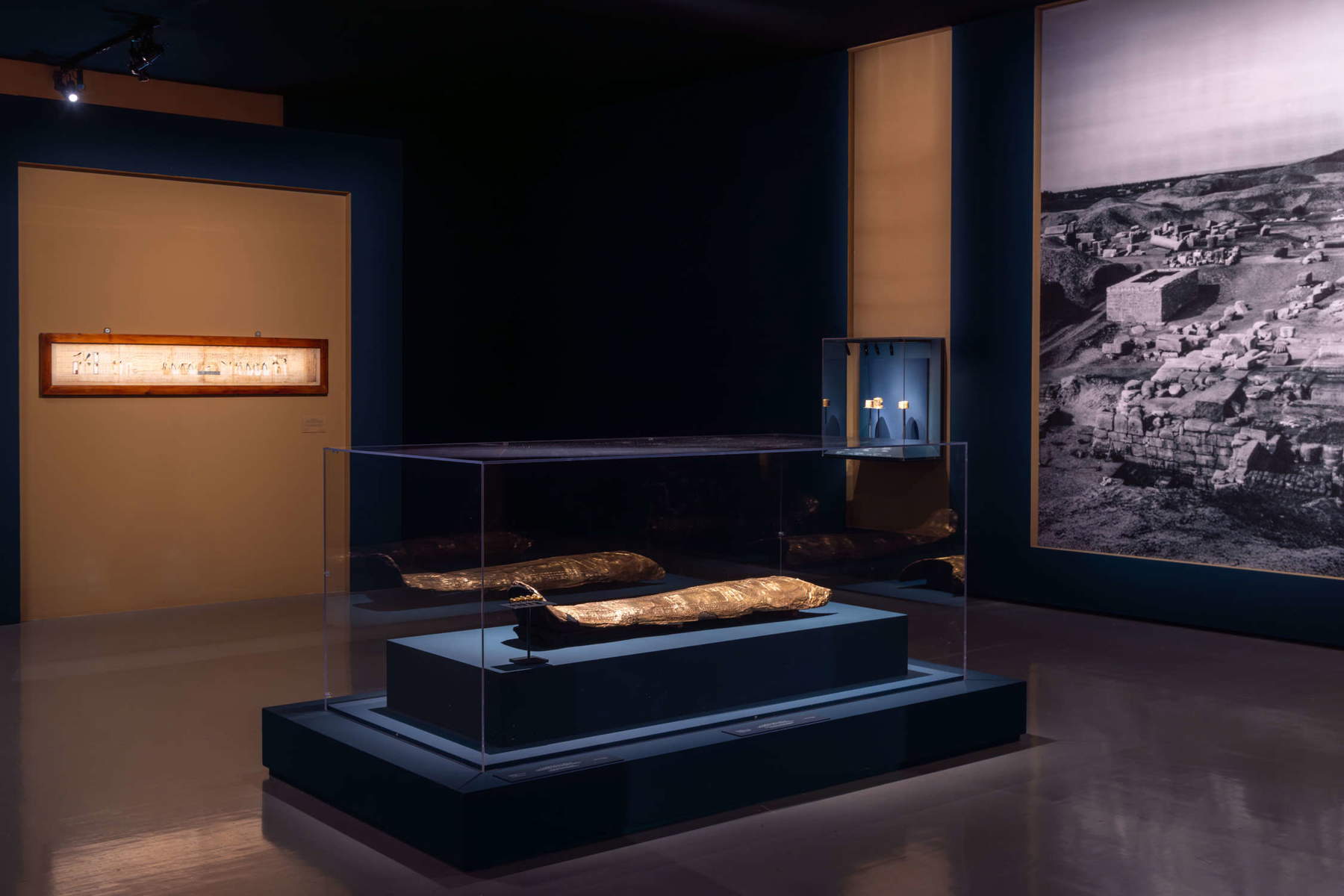
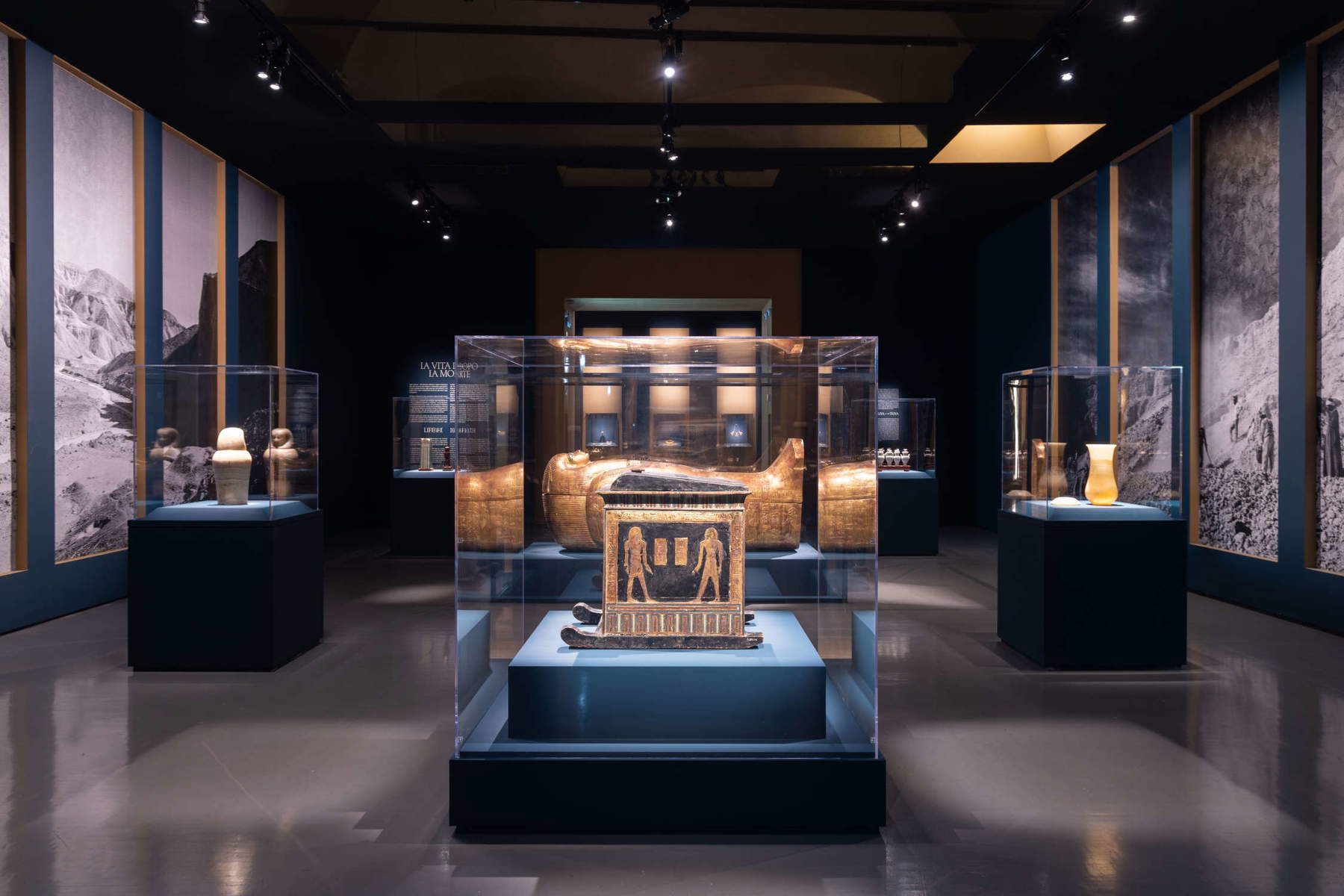
The tour opens with the splendor of gold, a divine material and symbol of eternity. The Egyptians had introduced the first known systems for gold mining as early as around 3200 BC. One of the historical records of this activity is the oldest map of gold mines, the Papyrus of Mines, now in the Egyptian Museum in Turin, found in the necropolis of Deir el-Medina in Luxor. Gold abounded in the eastern desert near the Red Sea hills and in the south of the country. The exhibition features more than forty priceless gold artifacts. Prominent pieces that introduce one to the world of the elites include the gold sarcophagus of Queen Ahhotep II, the Necklace of the Golden Flies-an ancient military honor bestowed for valor in battle-and the famous collar of Psusennes I. The latter is an extraordinary creation, composed of seven strands of more than 6,000 gold discs, and is considered the heaviest jewel of antiquity that has come down to the present day.
From royal magnificence, the path enters theuniverse of ritual, where death is interpreted as transformation. Existence in Ancient Egypt was deeply linked to the concept of eternal life: the Egyptians saw life and death as an eternal cycle, observing the rising and setting of the sun, the annual flooding of the Nile, and the agricultural cycle of reaping and sowing. They were convinced that they would continue to live in the afterlife in a different form. However, access to eternal life was subject to numerous conditions. The most crucial was the existence of a tomb or burial place, the preservation of the mummy, the continuous presentation of offerings, and the preservation of the name and image of the deceased through reliefs in burial chambers or statues. The Egyptians believed, in fact, that true death came only when the last person who remembered the name of the deceased had passed away.
This section of the exhibition is dominated by the monumental sarcophagus of Tuya, mother of Queen Tiye. Around it, shabti statuettes, canopic jars and a papyrus from the Book of the Dead illustrate the almost scientific precision with which the Egyptians prepared for the journey to the afterlife, a set of formulas, images and tools intended to cross the invisible world and be reborn in the light of Ra.
The next section reveals the human face of kingship andsocial organization. As early as the dawn of Egyptian history, around 3200 BCE, rulers were identified with the term shemsu Hor, or “followers of Horus.” The very institution of kingship was closely linked to a people persuaded of the sacredness of the pharaoh. Egyptian society was hierarchical with the pharaoh at the top, embodying religious, political and administrative authority. This order remained stable for over three thousand years, in part because of the possibility of mobility between social classes based on merit and personal ability. Figures such as Imhotep, the genius architect, and Senenmut, who held more than twenty important positions under Queen Hatshepsut, show that even men of the people could attain prominent positions. Immediately below the pharaoh were the aristocrats, priests, and ministers. While in the Old Kingdom the highest offices were reserved mainly for members of the royal family, from the Middle Kingdom onward the allocation of qualifications changed radically, being based on merit and no longer on class alone. This promotion of innovation and excellence is considered one of the strengths of Egyptian society, making possible such extraordinary works as pyramids, tombs, and temples. The middle class, composed of scribes, soldiers and skilled professionals-including craftsmen and artists-constituted a fundamental part of society. They were followed by peasants, laborers working in quarries and construction, sailors and fishermen. The lowest rung was occupied by the servile class, which included cooks, brewers, weavers and servants. The tombs of the nobles and officials, such as that of Sennefer, reveal the everydayness of power, the devotion and sense of duty of those who served Pharaoh, the guarantor of cosmic order. In dialogue with these figures, the gilded armchair of Sitamun, daughter of Amenhotep III, restores a surprising intimacy: a domestic object used in life and then laid as a gift in the tomb of her grandparents, a rare testimony to family affection and continuity.
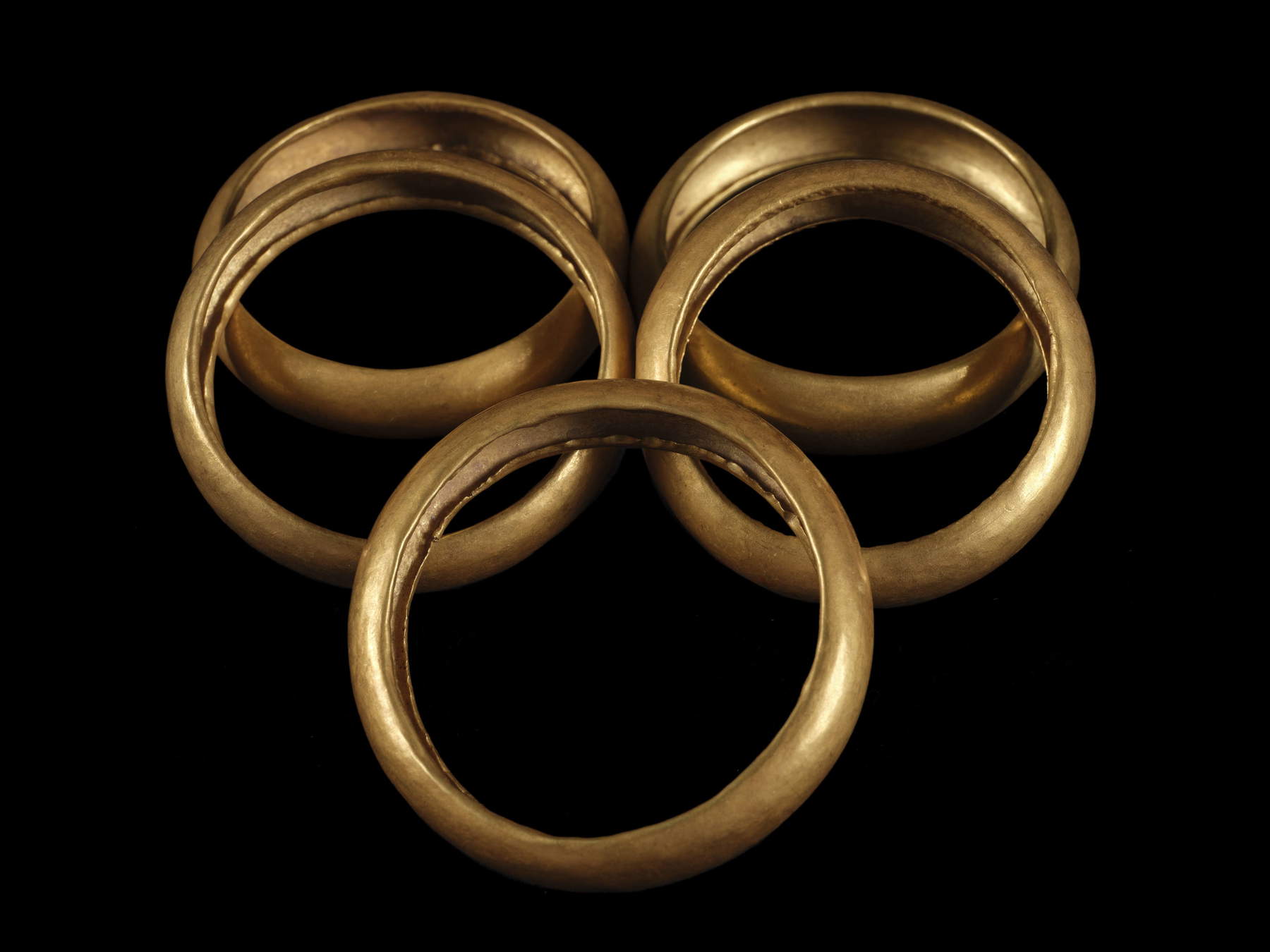
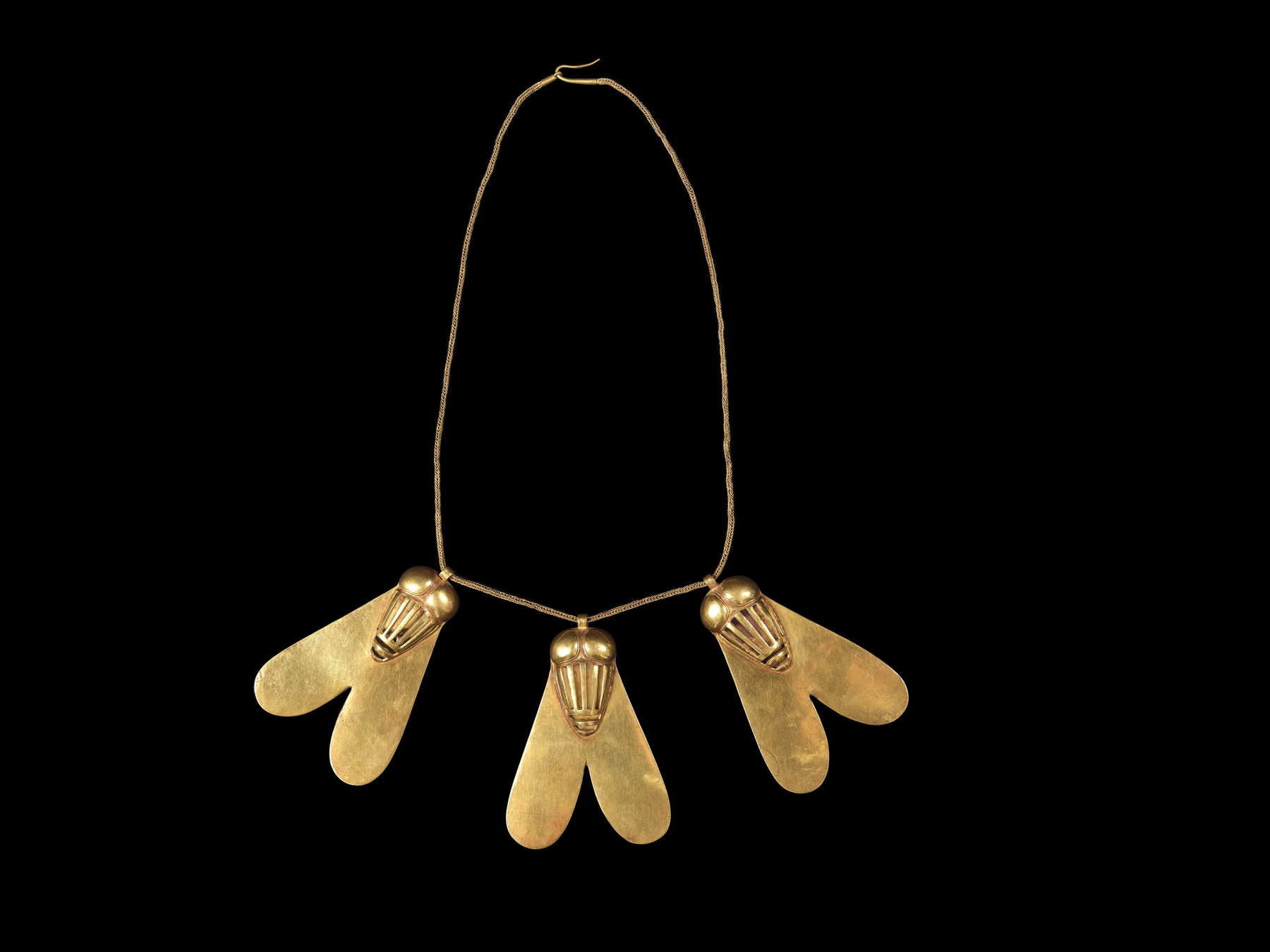
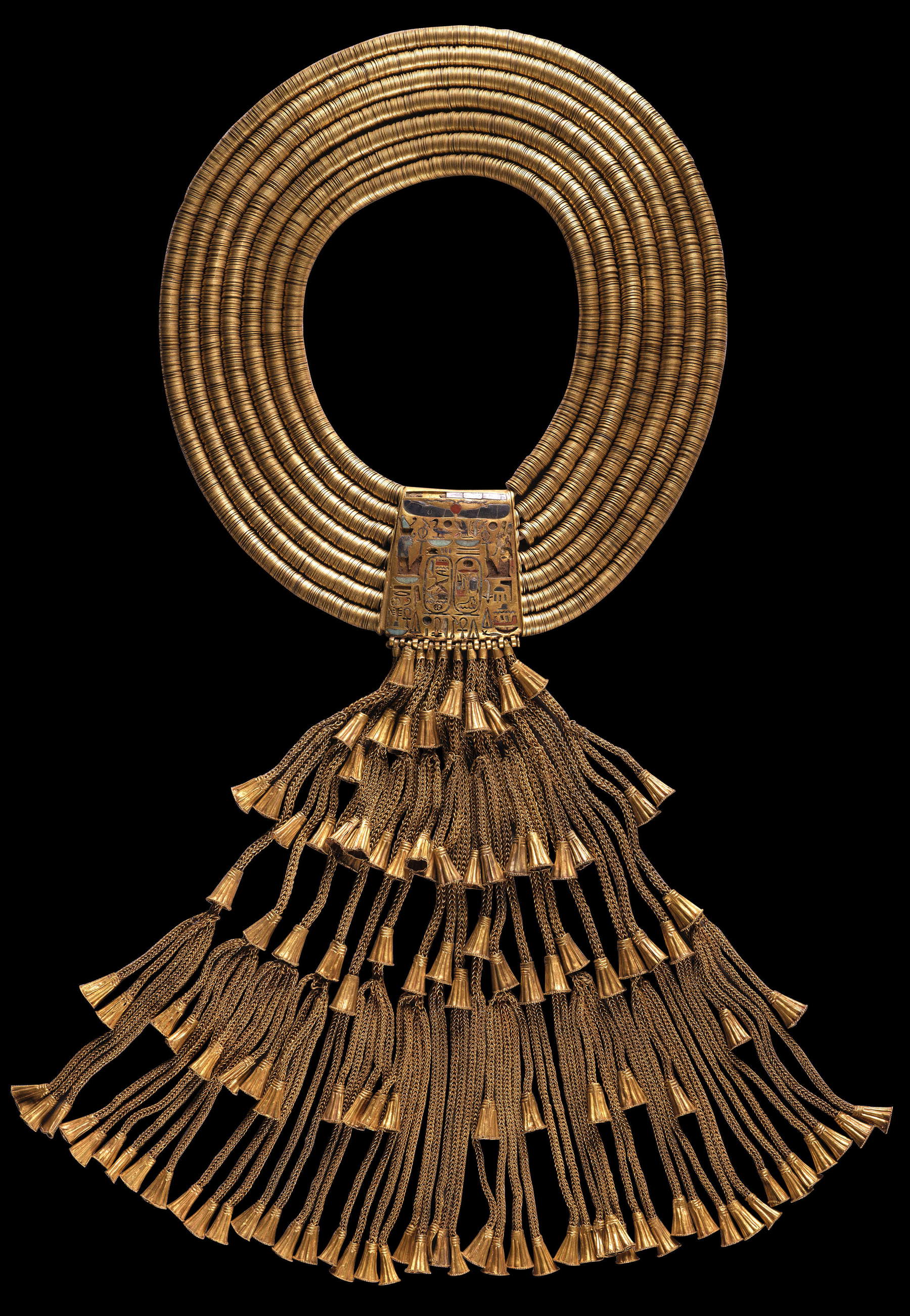
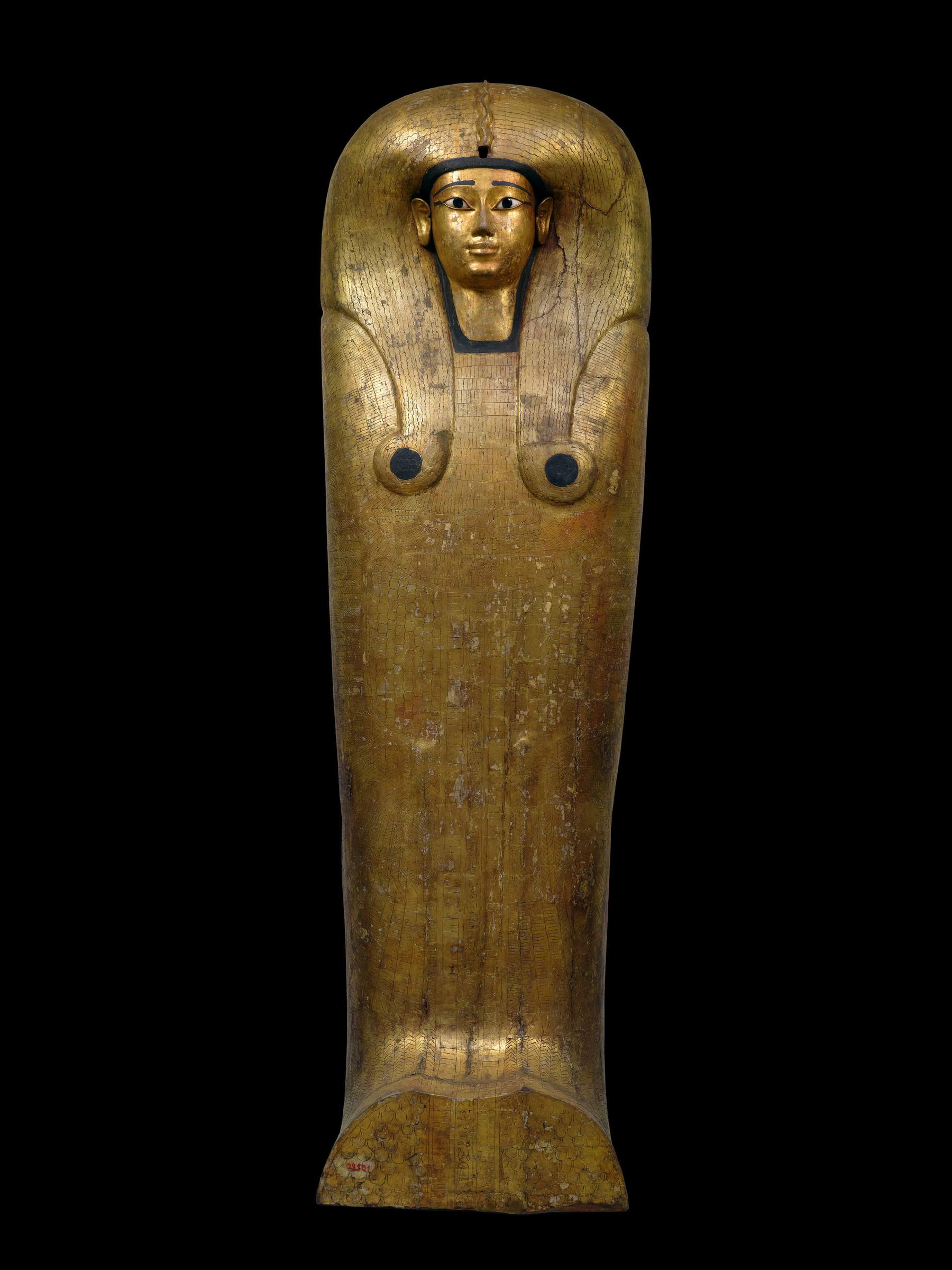
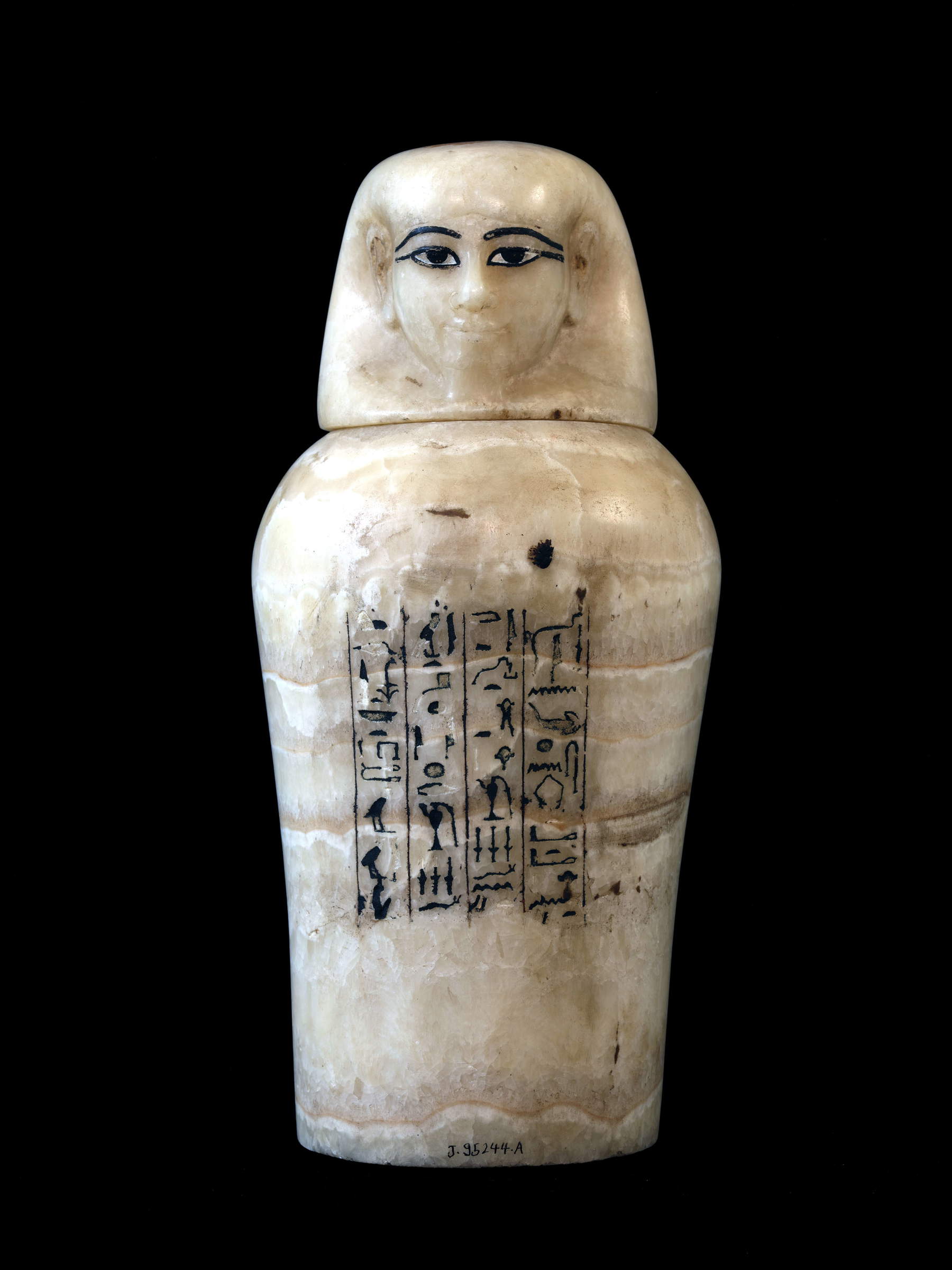
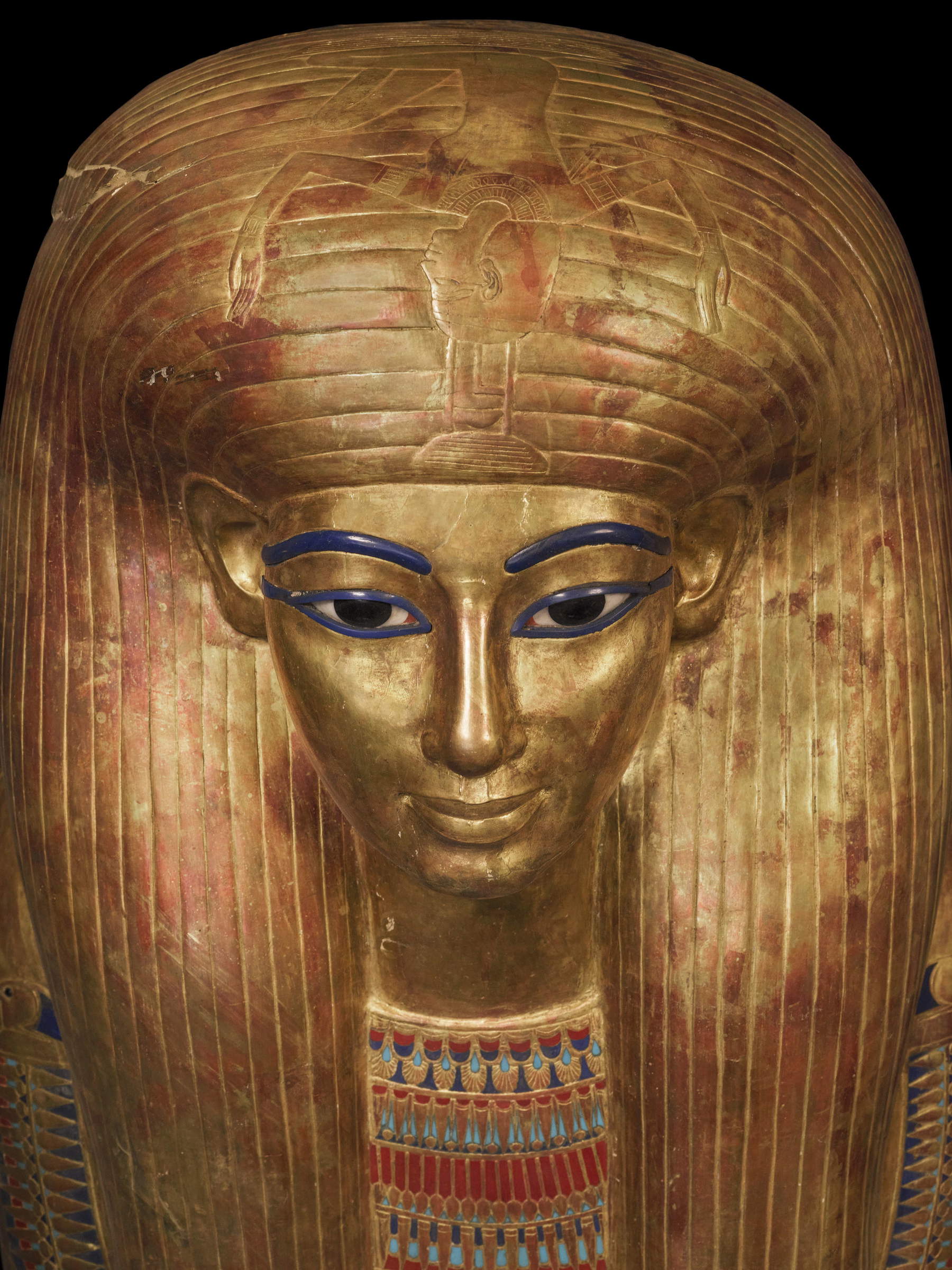
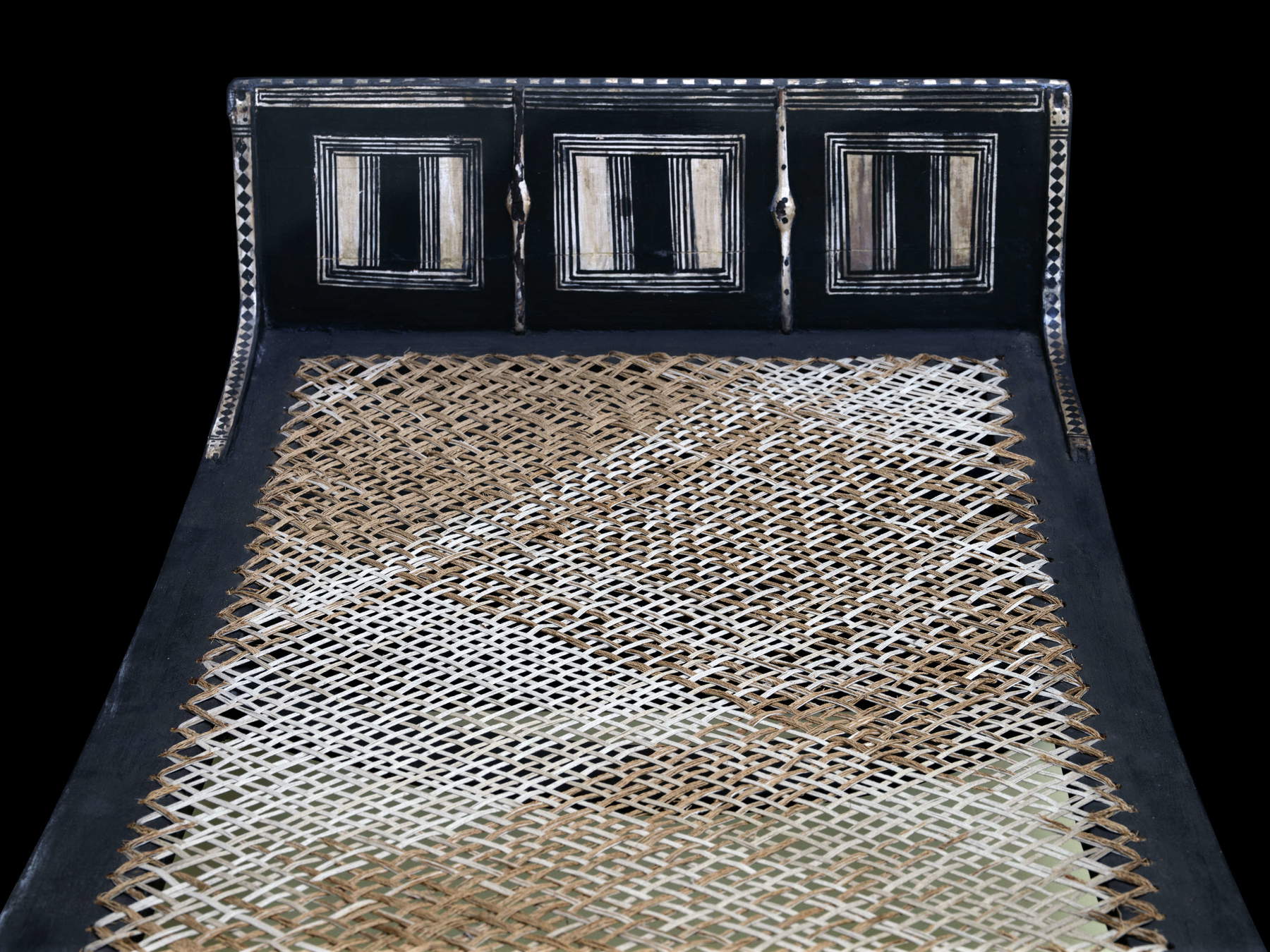
One of the most anticipated sections is dedicated to the “City of Gold” of Amenhotep III. This extraordinary archaeological discovery was unearthed in the fall of 2021 by Zahi Hawass, who led a team initially searching for Tutankhamun’s funerary temple. The settlement, known in ancient Egypt as the “domain of the dazzling Aton,” is one of the most important cities of artisans in antiquity, dating back to the reign of Amenhotep III of the 18th Dynasty. It is located on the west bank of the Nile in Luxor, north of the temple of Medinet Habu. Excavations have unearthed much of the city, which was divided into neighborhoods separated by zigzag walls built of mud brick, as were all its buildings. The Golden City has been preserved in an excellent state, probably because it was abandoned suddenly, perhaps in the fifth year of Amenhotep IV/Akhenaten’s reign, after he built a new capital at Tell el-Amarna, dedicated exclusively to the worship of the god Aton. Luxor, in fact, was the religious capital of Amun, whose powerful priestly caste had the authority to oppose Akhenaten and his new religion.
We continue with the section on Egyptian religion, one of the oldest in the world, which was distinguished by its close connection to nature and geography. Believing that every natural force was an expression of the divine, the Egyptians developed a polytheistic system with an infinite number of gods representing the sun, moon, earth, wind, desert, agriculture, Nile and floods. Gods and goddesses also embodied spiritual values such as good, evil, justice, truth, love, hatred, loyalty and jealousy, and were grouped into families consisting of father, mother and children, analogous to humans. There is also, toward the end, a section on sacred kingship, a concept established from its earliest days around 3200 B.C.E., which gave rise to one of the most complex and enduring systems of government, remaining almost unchanged for more than three thousand years. The pharaoh was considered the embodiment of Horus, the god who had struggled to regain the throne from his father Osiris. As Horus, the ruler not only defended the throne of Egypt but also ensured the preservation of the cosmic order. The king ruled according to the concept of maat: truth, justice and universal harmony. Upon his death, he assumed a divine form as a manifestation of Osiris, lord of the underworld. The exhibition culminates in the mystery of divine kingship. The statues and reliefs that close the tour are among the highest expressions of pharaonic art: the kneeling Hatshepsut in the act of offering, the dyad of Thutmosi III with Amun, the Triad of Mycerinus, to the splendid golden mask of Amenemope, where the king’s face, polished and perfect, becomes an icon of a body that now belongs to the divine. In closing, the Isiac Canteen, exceptionally granted by the Egyptian Museum in Turin, reknits the symbolic thread that leads from Alexandria to Rome, testifying to the ancient spiritual and cultural link between the two worlds. This object, a bronze table, demonstrates a thorough knowledge of the Egyptian pantheon on the part of its author. The most likely context of provenance is the Iseum Campense, the temple of Isis in the Campus Martius, attested in ancient Rome from the first century BCE to the fifth century CE. The Iseum occupied an elongated area of more than 10,000 square meters, located south of Hadrian’s Temple and separated from the Pantheon by the Saepta Iulia.
The first historical record of the table dates back to the 16th century, when it was acquired by the humanist Pietro Bembo, which is why it is also known as the “tavola bembina.” Although the exact date of acquisition is uncertain, hypotheses include a gift from Pope Paul III, purchase from a blacksmith who had recovered it after the 1527 sack of Rome, or an earlier acquisition, around 1522, from circles close to the papal court.
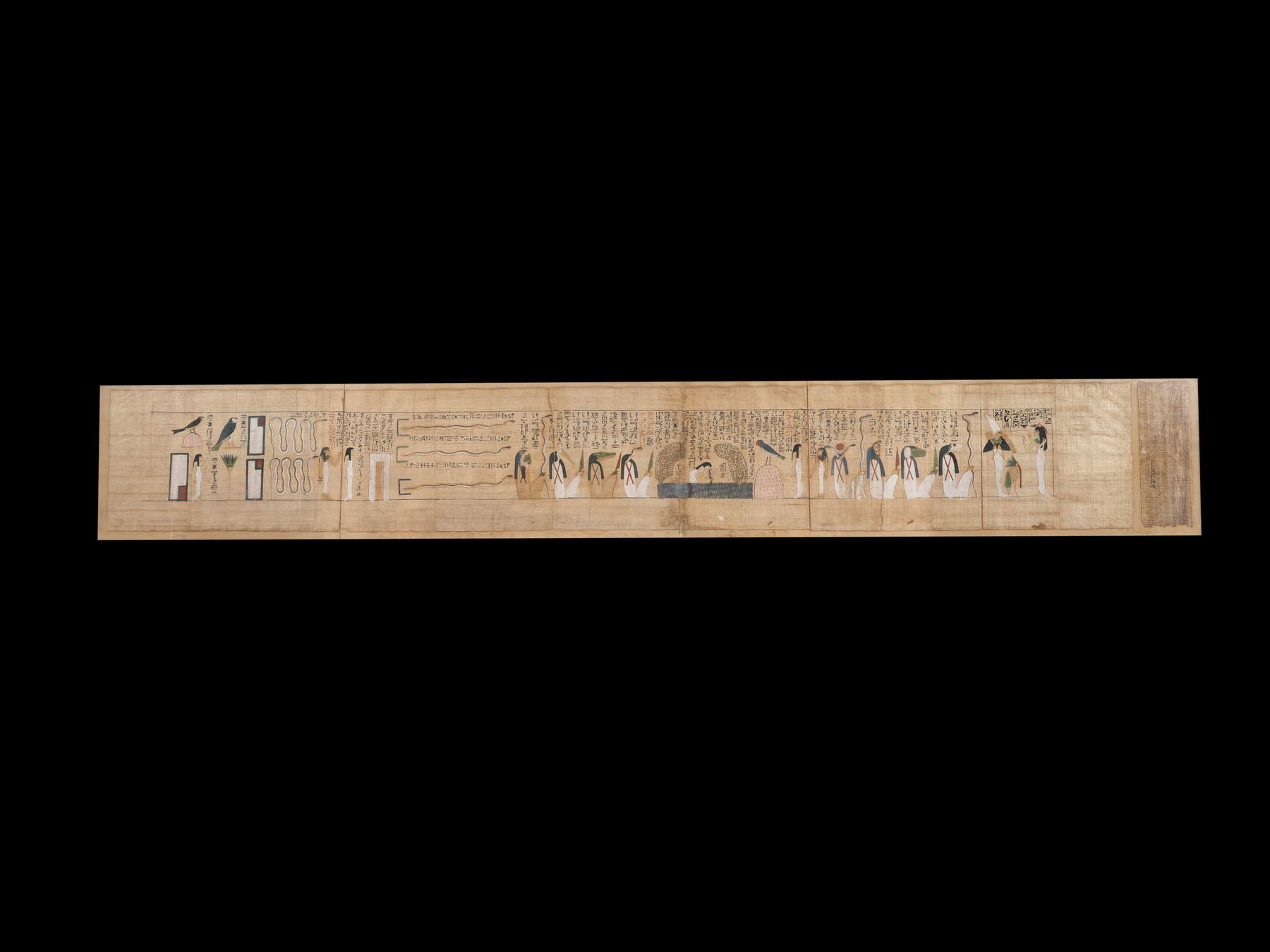
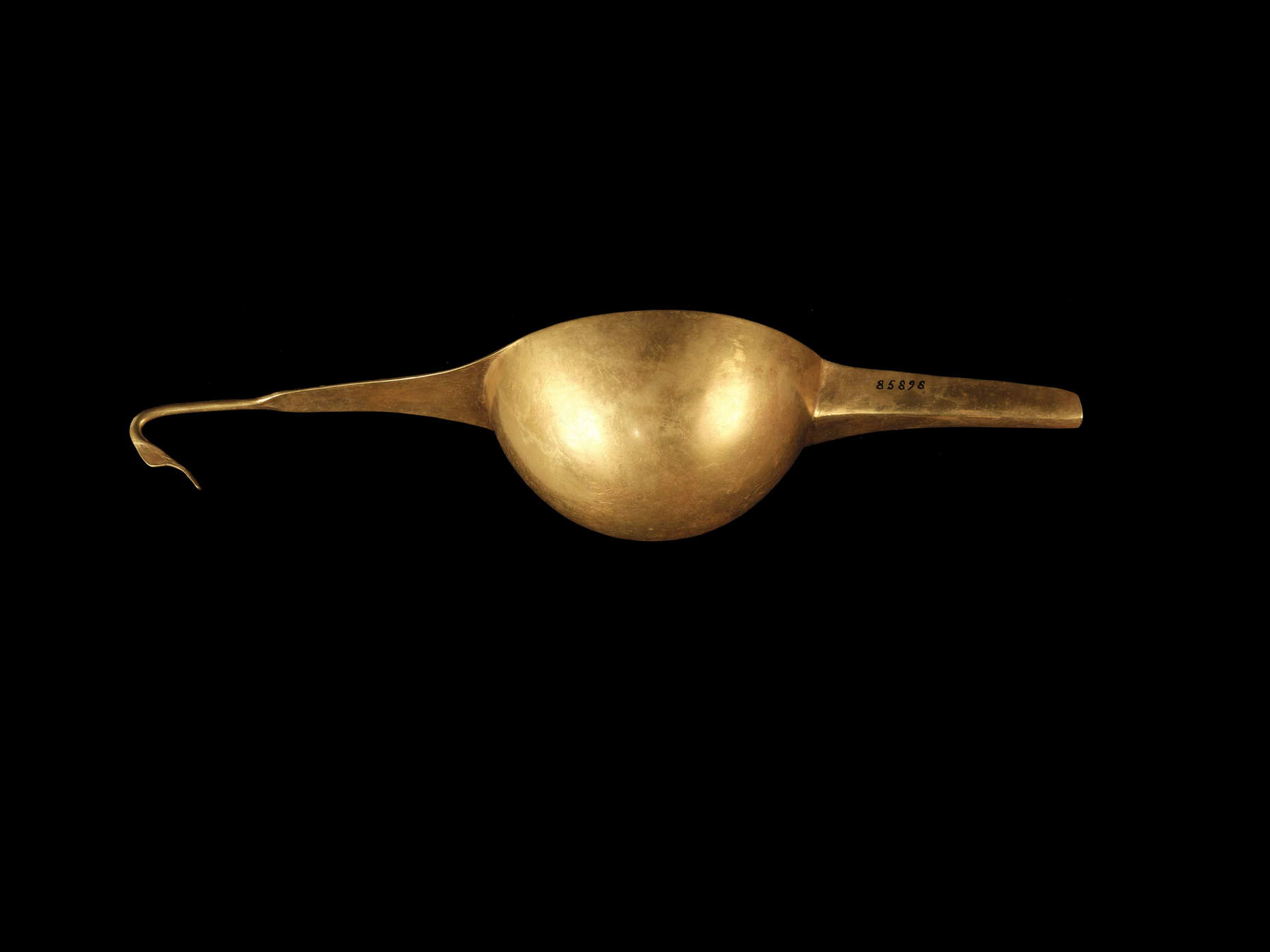
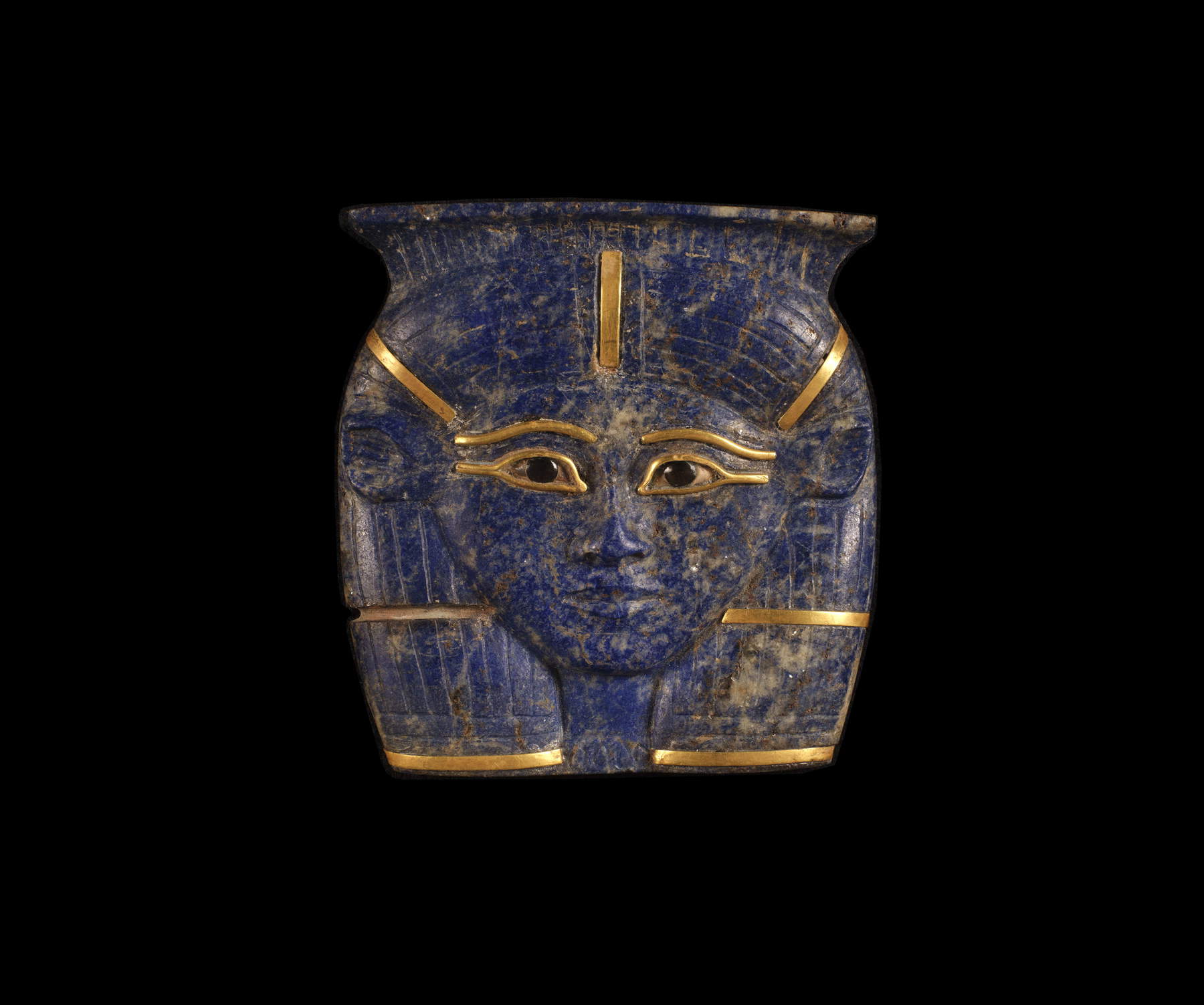
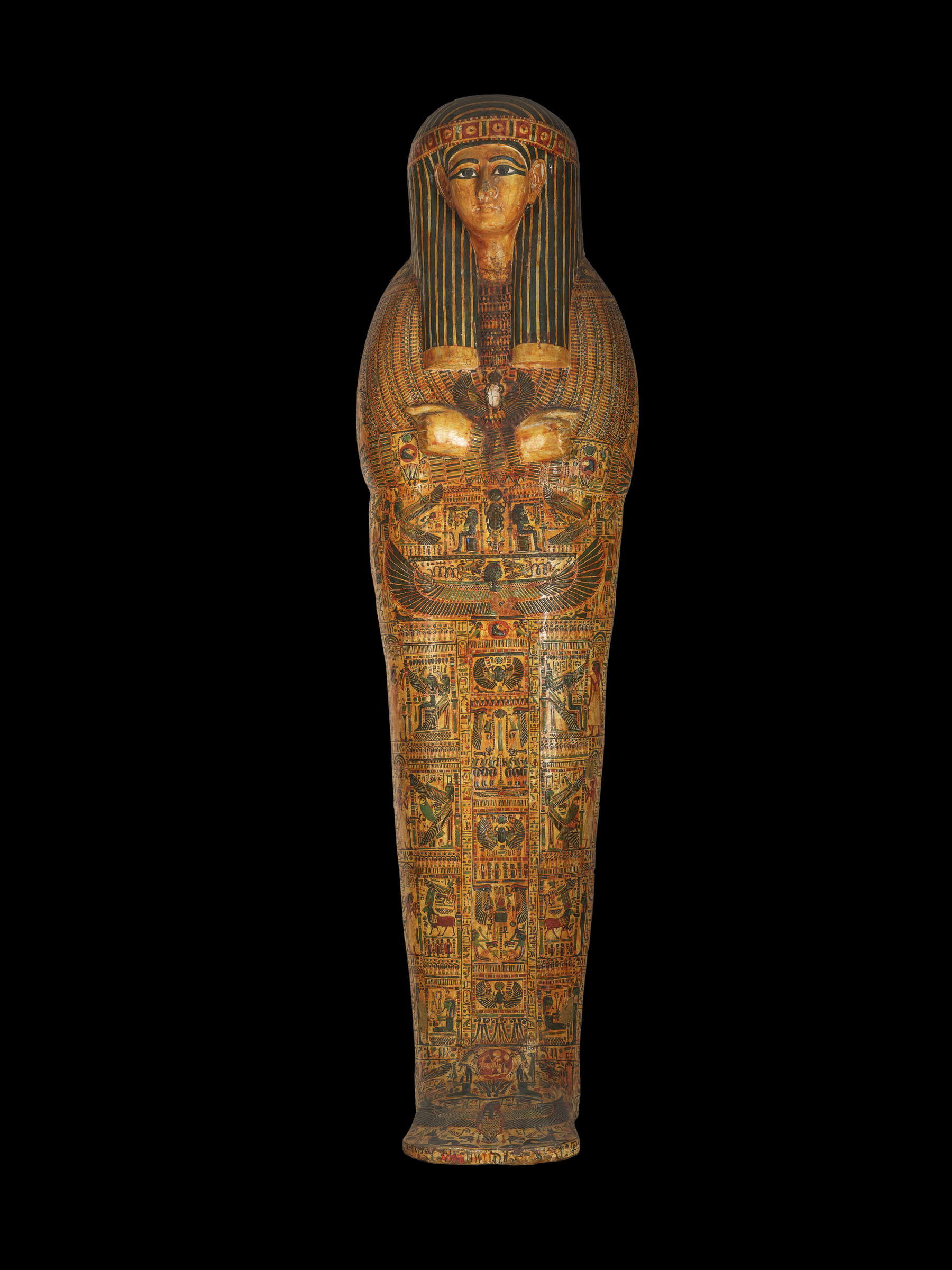
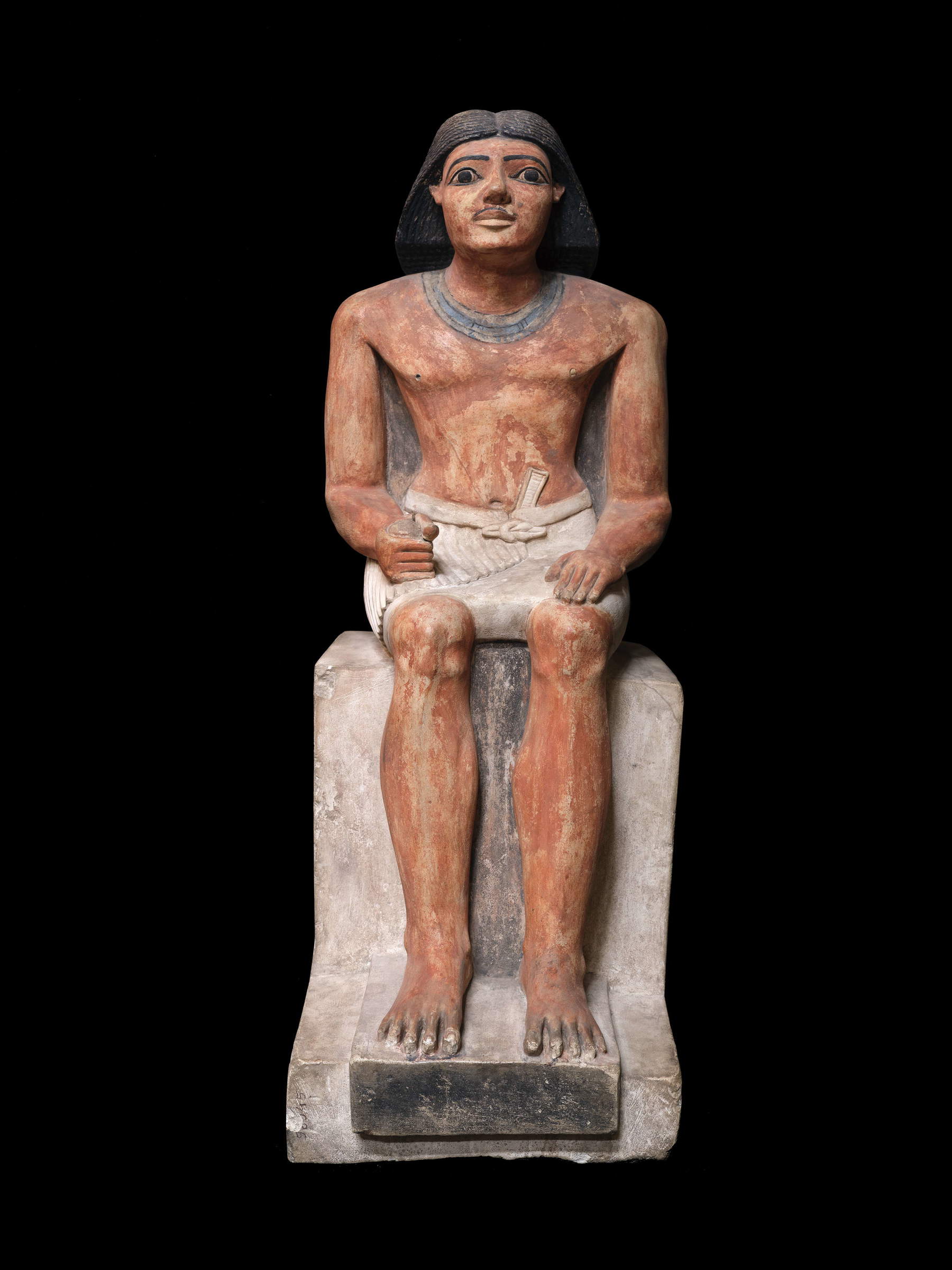
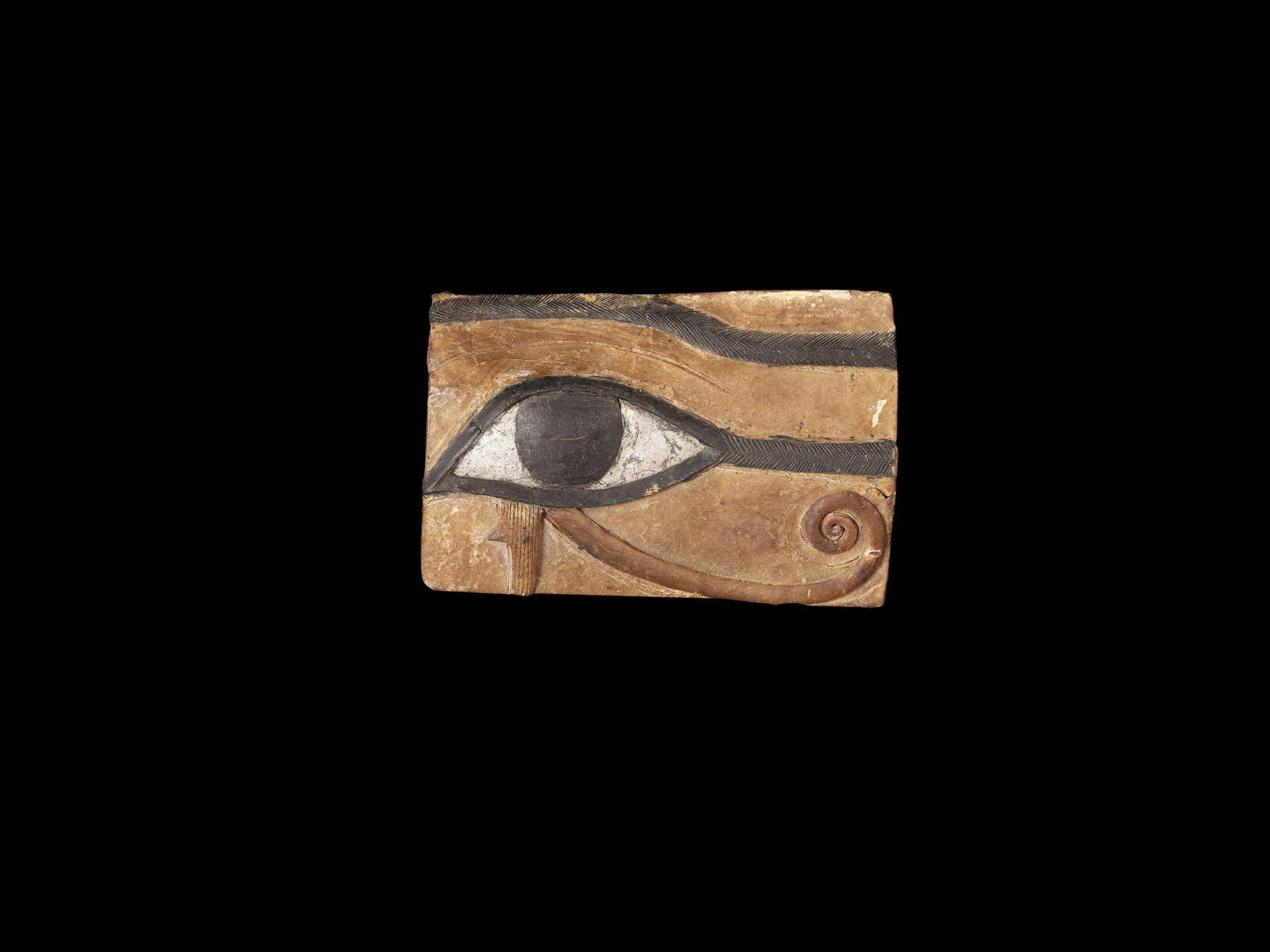
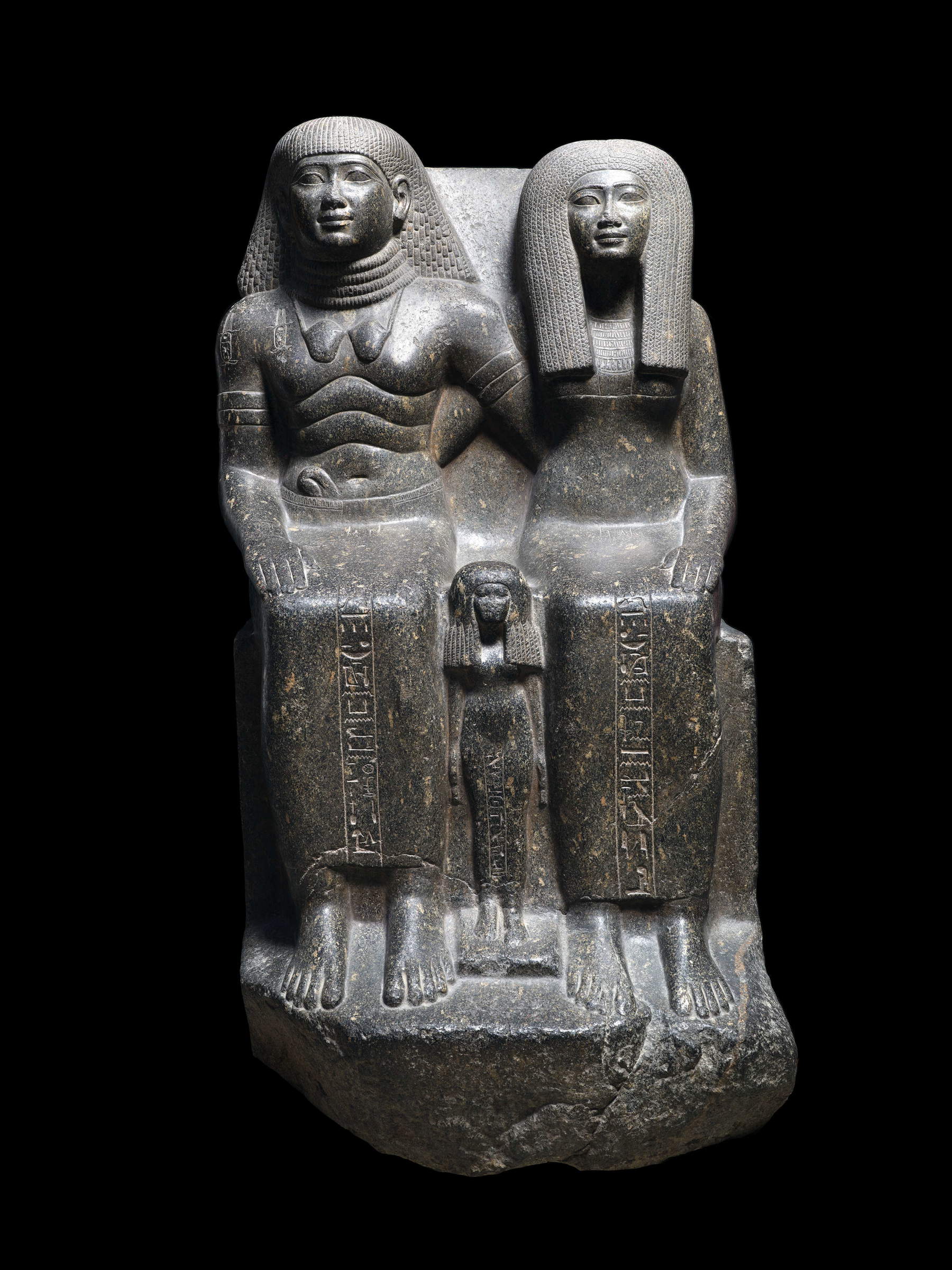
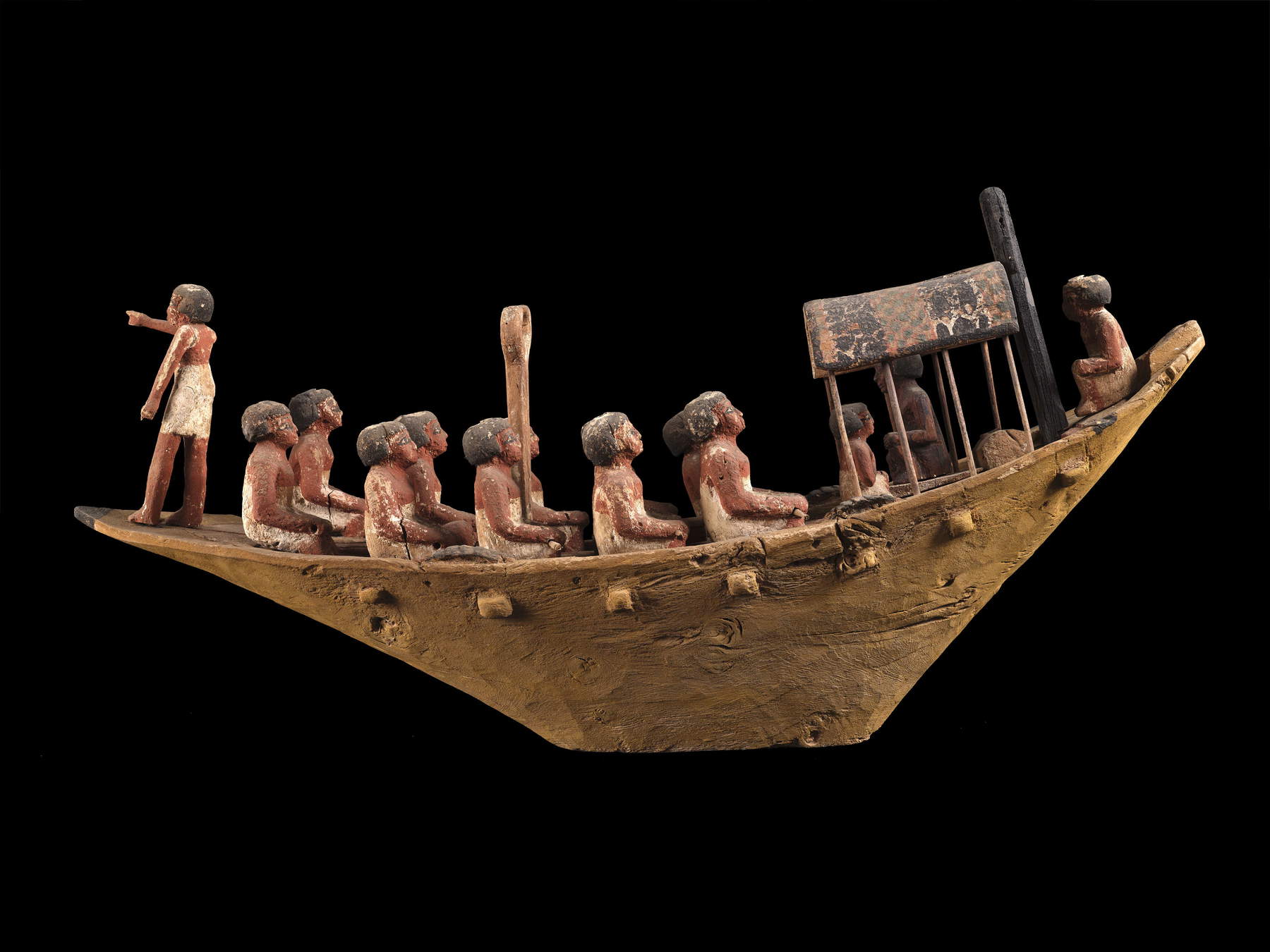
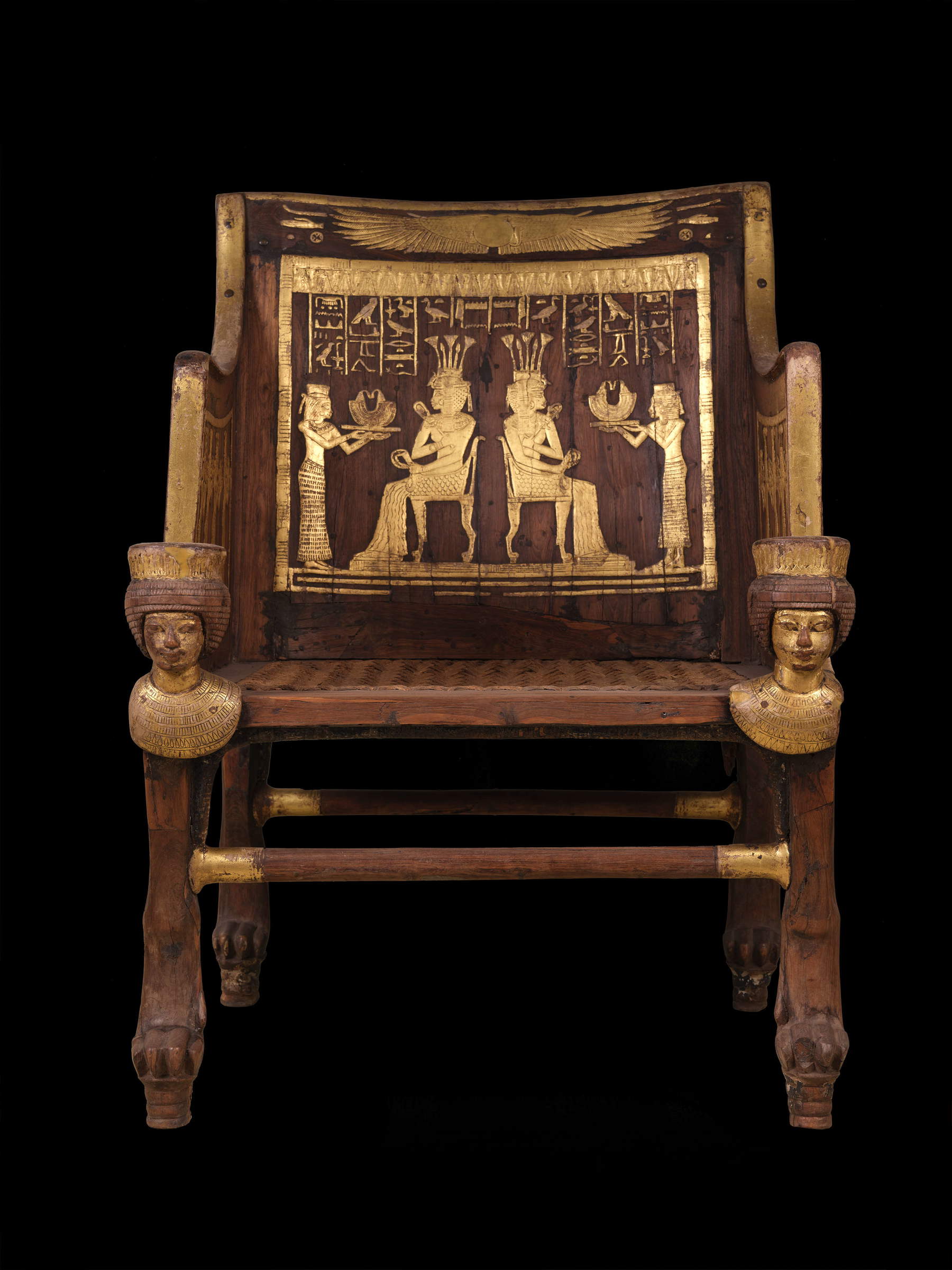
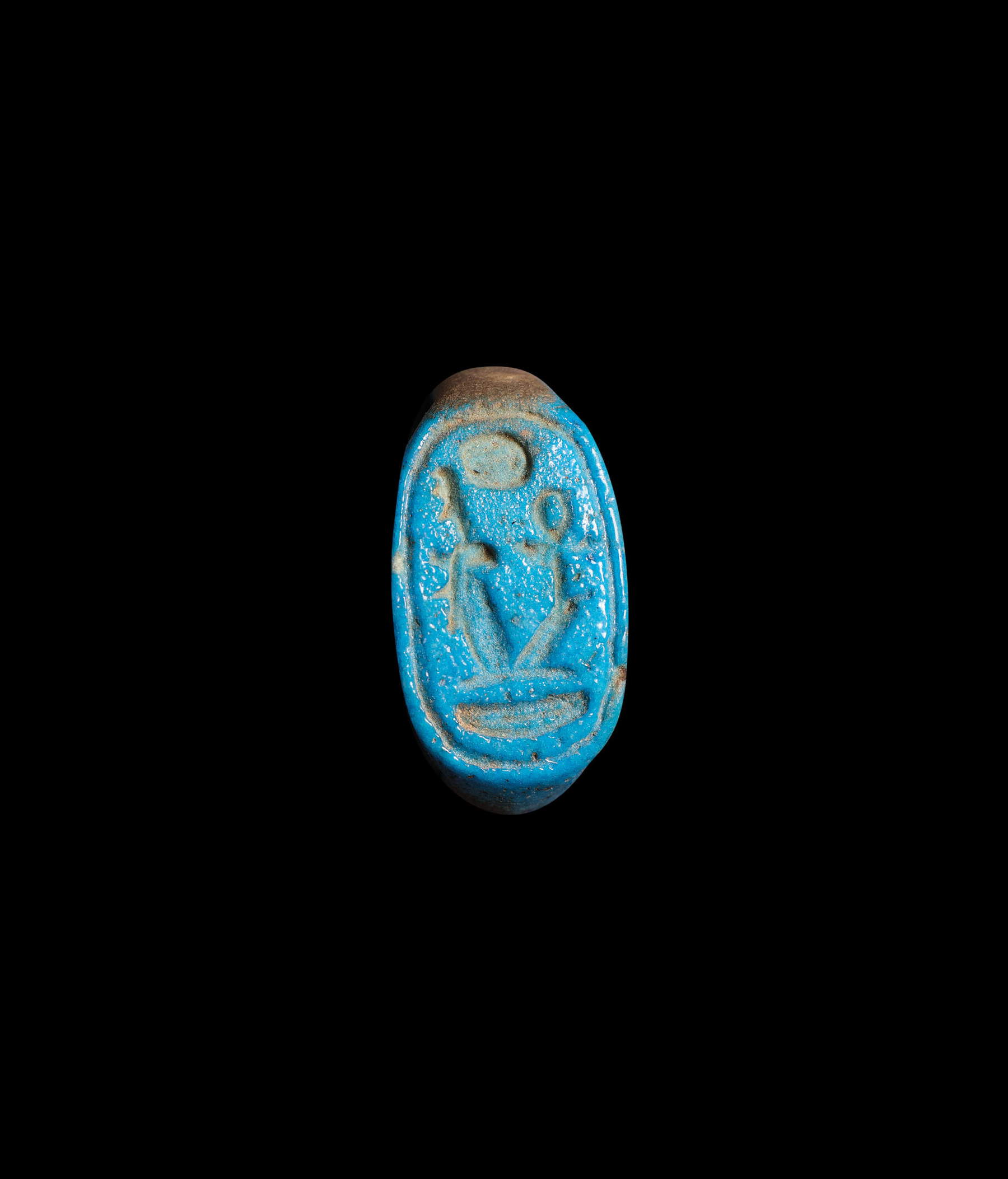
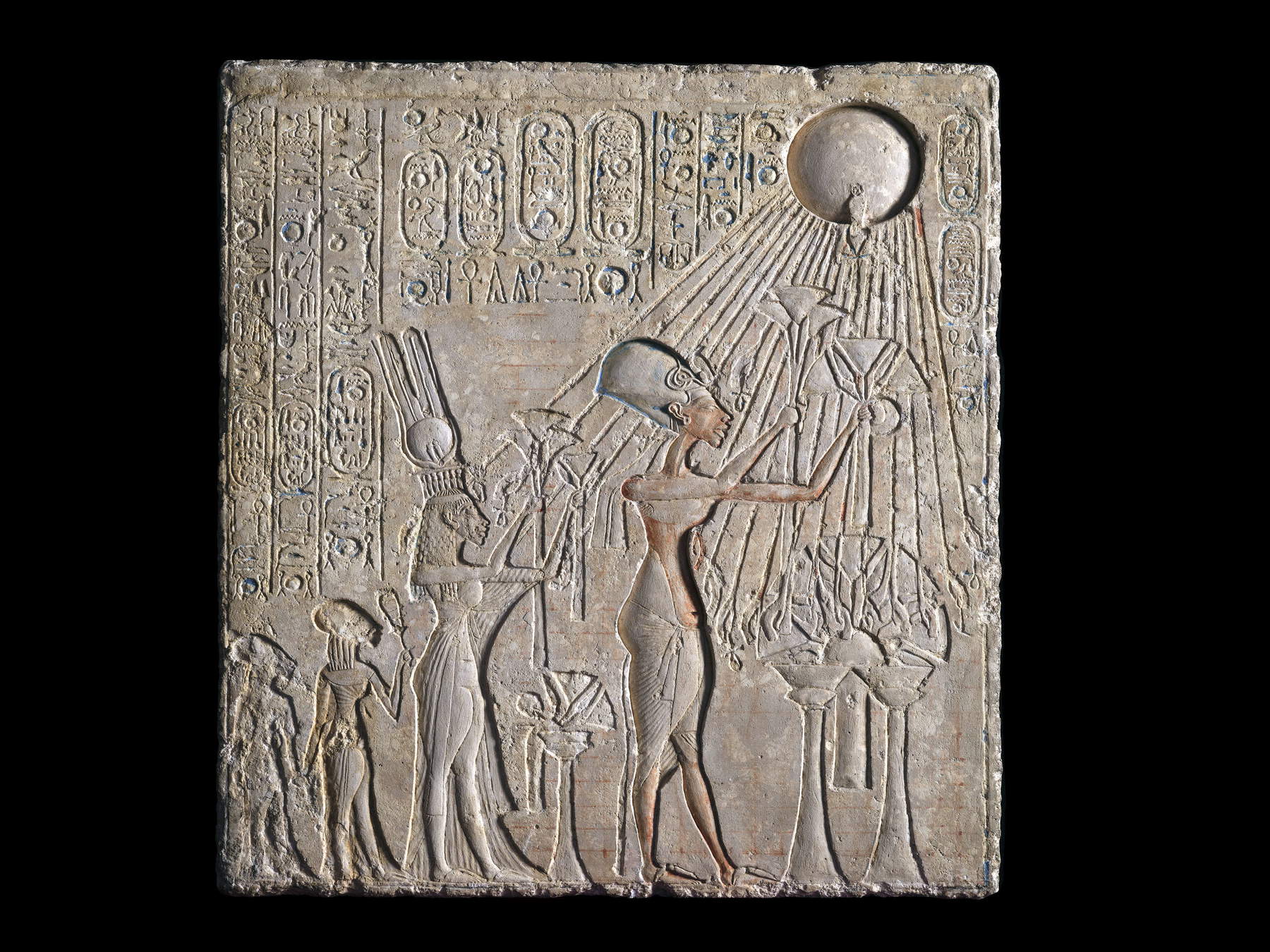
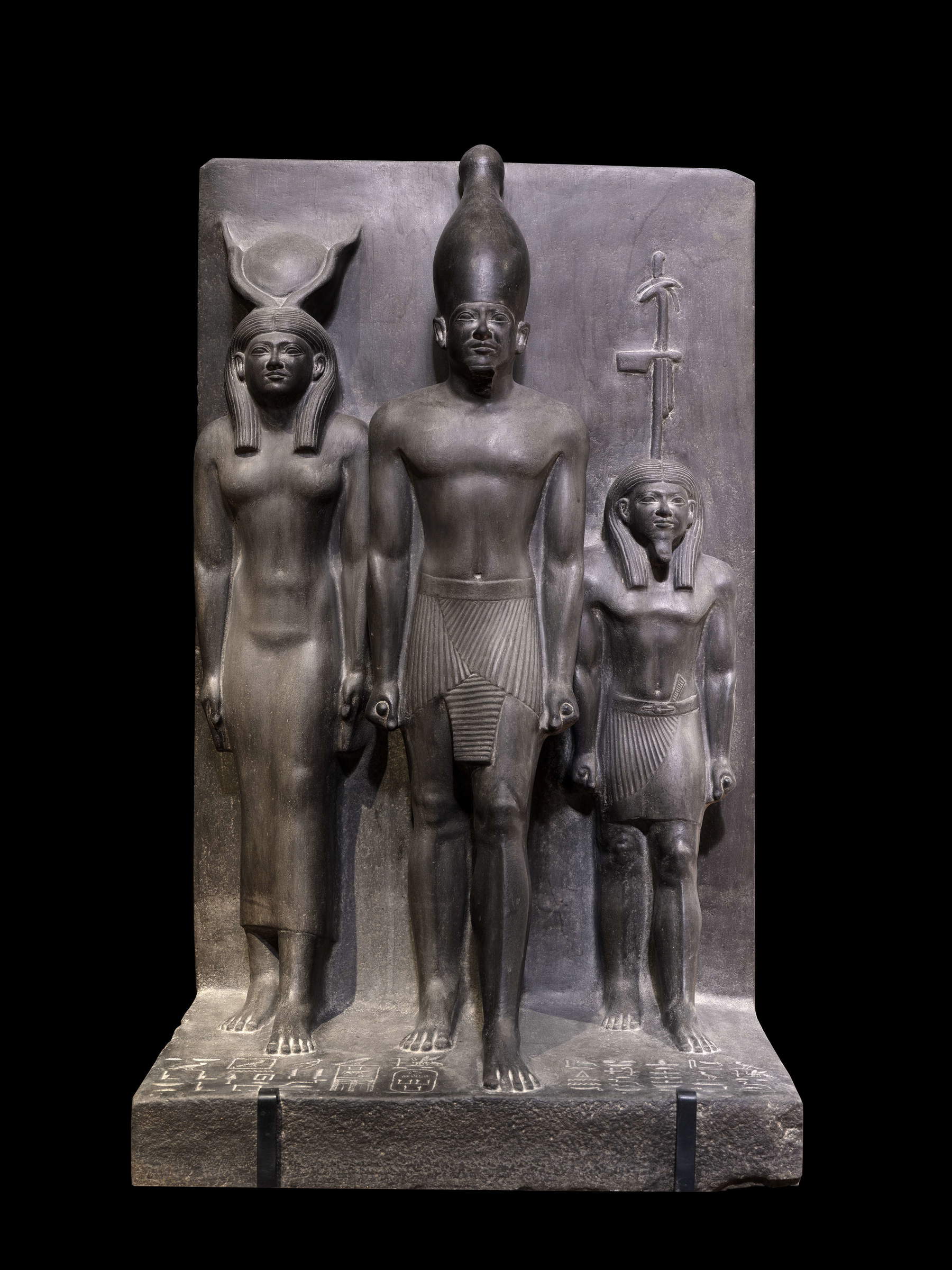
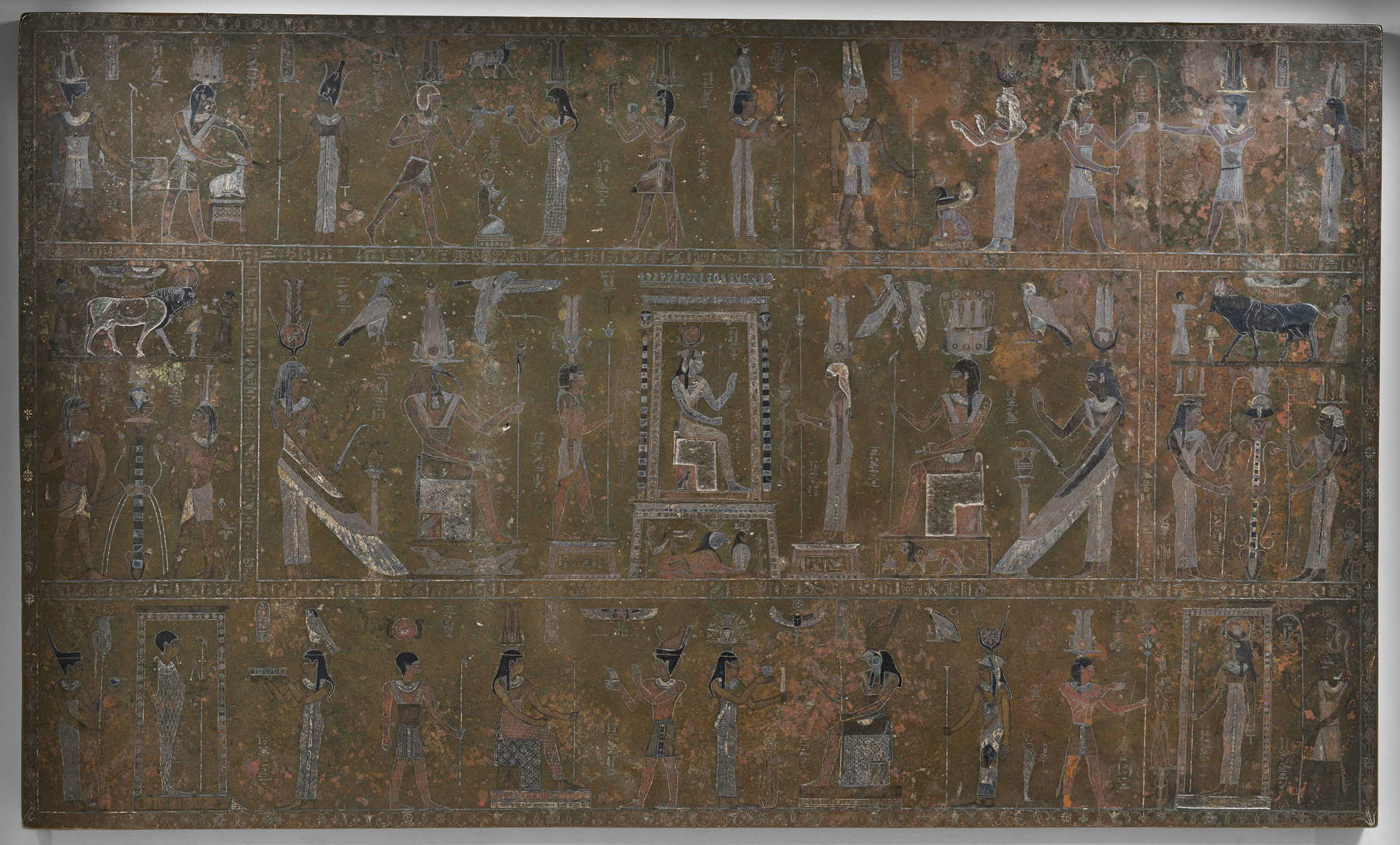
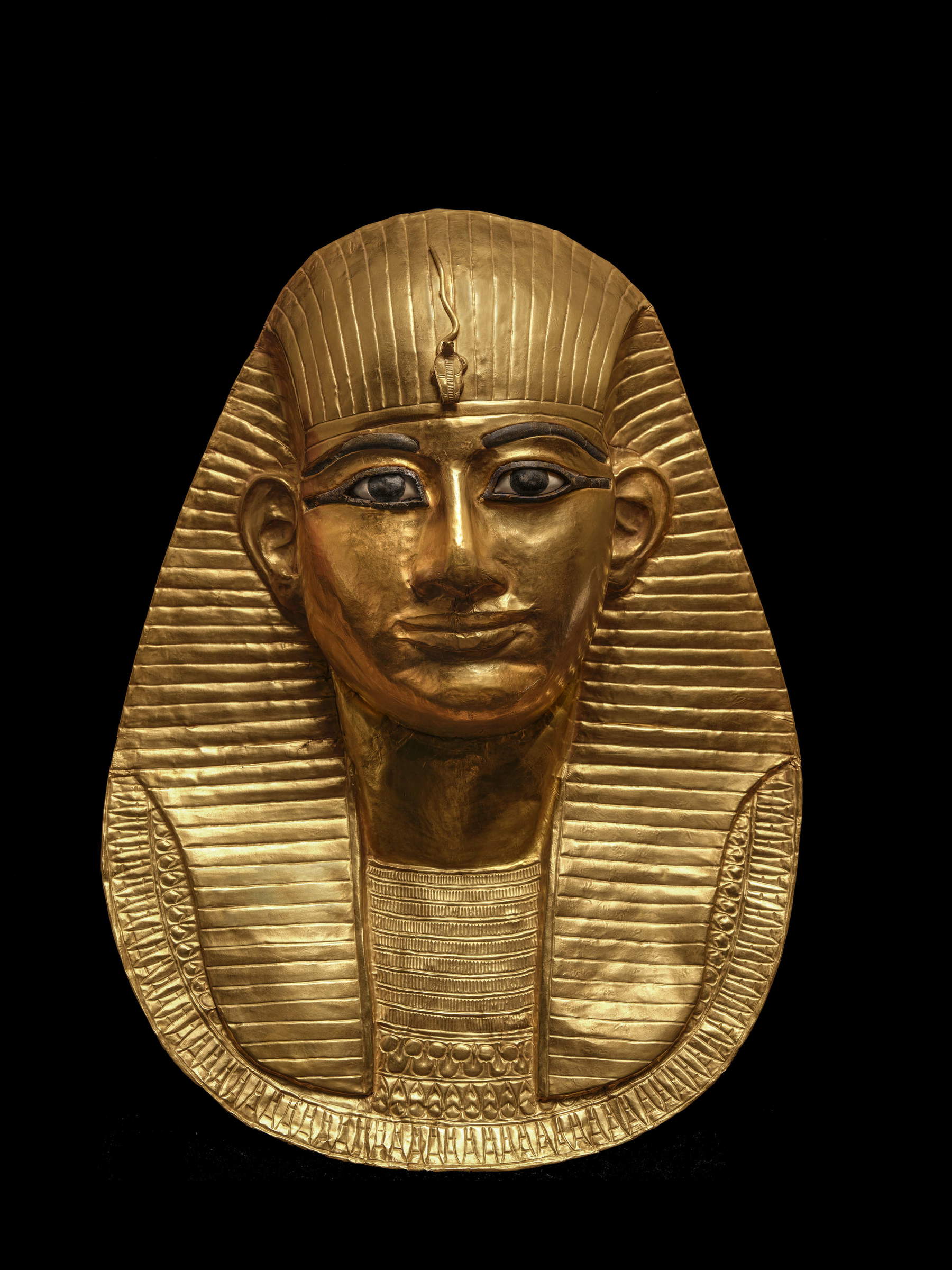
“Treasures of the Pharaohs” is accompanied by an extensive mediation and outreach program. The catalog, edited by Zahi Hawass and published by Allemandi in Italian and English editions, includes photographs by Massimo Listri documenting the magnificence of the masterpieces on display. Hawass also signs for the publisher the short guide and the children’s guide, designed to accompany younger audiences with an accessible narrative among stories, deities and symbols.
All visitors will have an audio guide included with their ticket, available in four languages. The Italian version is narrated by the voice of Roberto Giacobbo, while the English version is narrated by Zahi Hawass. There is also a version specifically for children, for an even more immersive visiting experience.
A rich educational itinerary designed for all audiences is active. There are educational workshops and guided tours, designed in collaboration with the Egyptian Museum of Turin, that build on the exhibition’s central themes to offer hands-on experiences. For example, younger children will be able to explore symbols, animals and divine figures, interactively reconstructing life in ancient Egypt. For schools, from preschool to secondary school, specific workshops are already in place that extend the traditional educational offerings, allowing them to traverse the main thematic axes of the exhibition, such as social evolution, funerary art, religious iconography and material innovations. Complementing this proposal is a program of collateral activities, developed in collaboration with the SARAS department of the Faculty of Humanities at La Sapienza University of Rome. This program includes meetings, seminars and in-depth discussions led by scholars, archaeologists and experts, with the aim of enriching the enjoyment of the exhibition and encouraging dialogue between culture, research and the public. Tickets can be purchased in advance at www.scuderiequirinale.it, a recommended practice given the high demand expected. On the same site, it is also possible to download all audioguides free of charge and view the full program of educational workshops, guided tours and the list of scheduled side events.
 |
| Treasures of the pharaohs: 130 masterpieces from Cairo and Luxor on display at the Scuderie del Quirinale |
Warning: the translation into English of the original Italian article was created using automatic tools. We undertake to review all articles, but we do not guarantee the total absence of inaccuracies in the translation due to the program. You can find the original by clicking on the ITA button. If you find any mistake,please contact us.